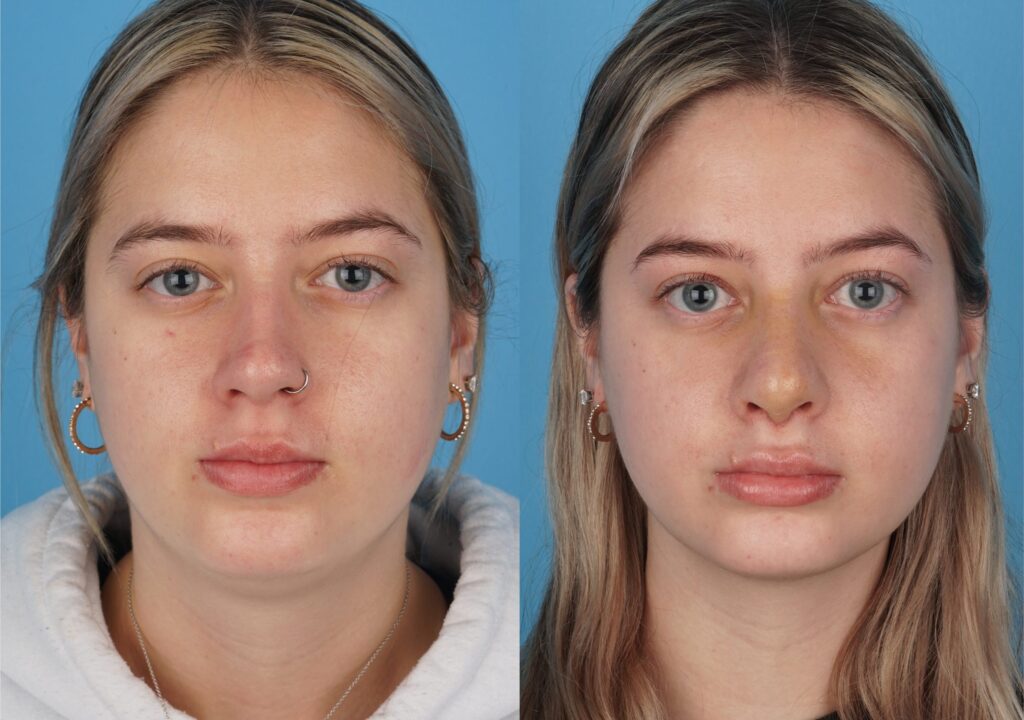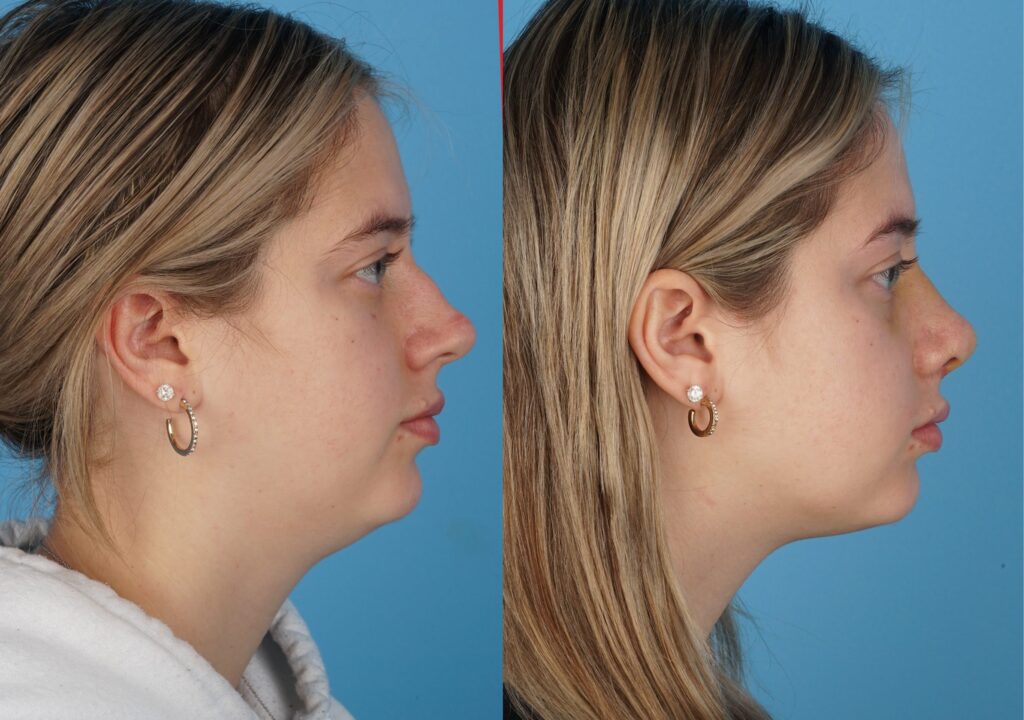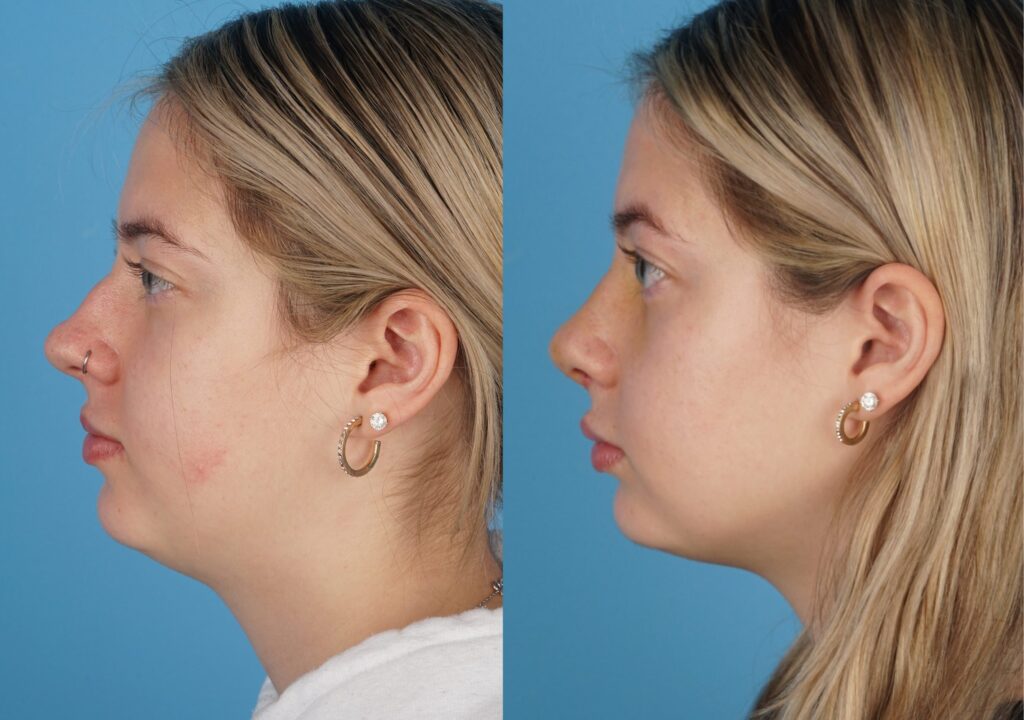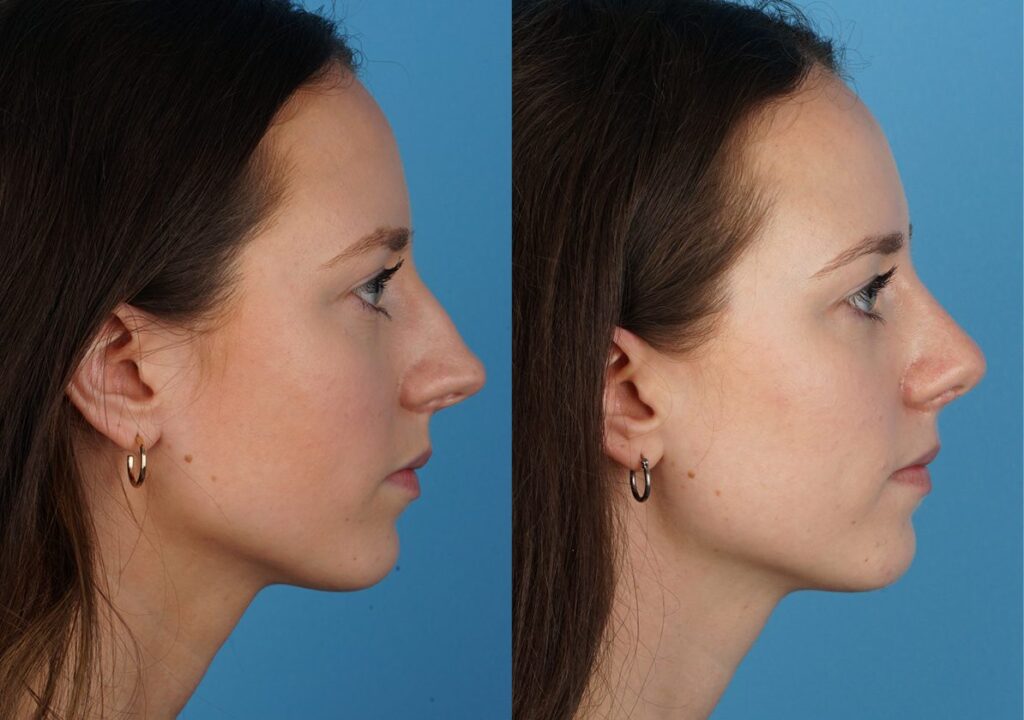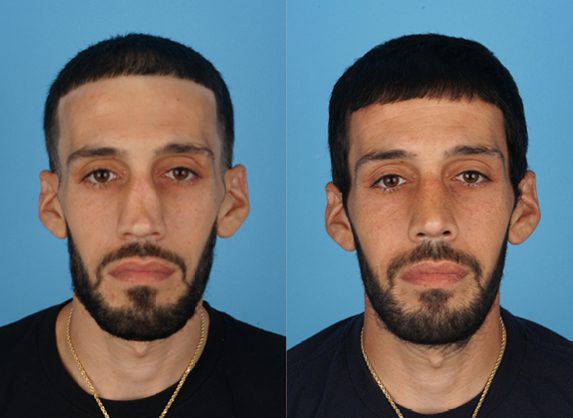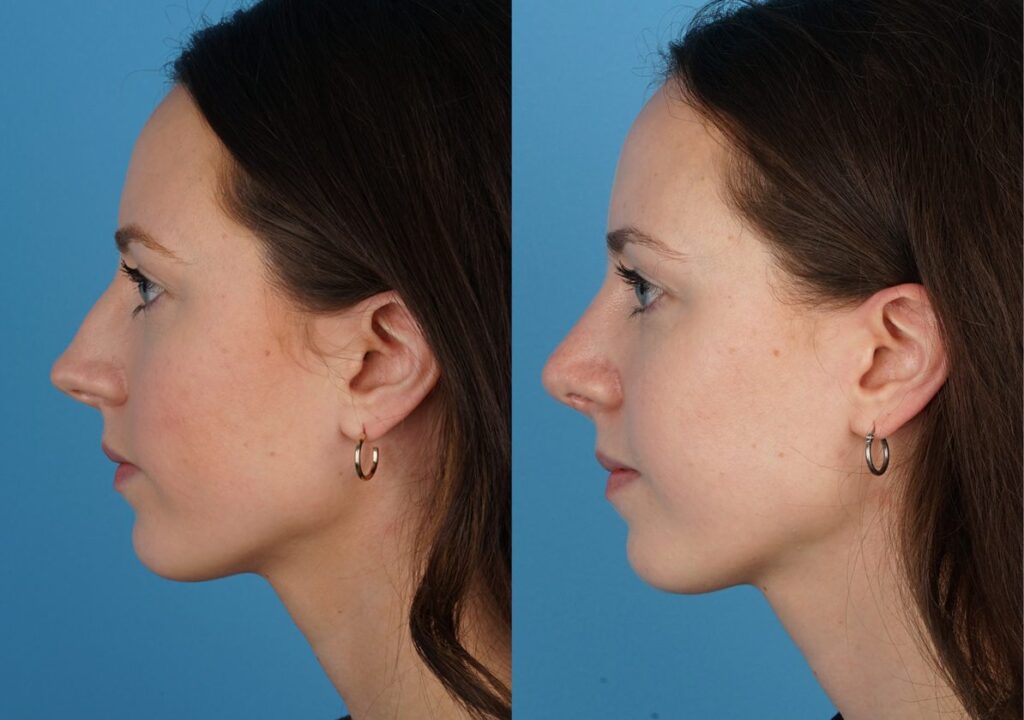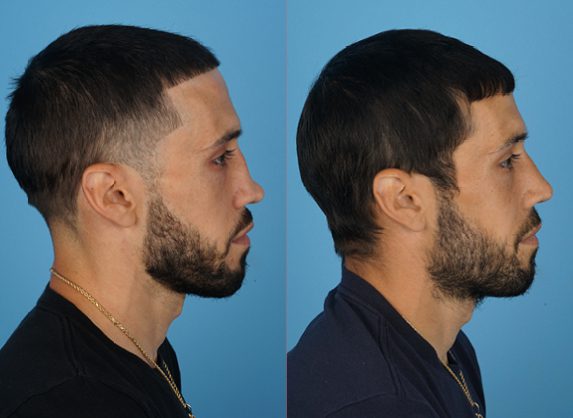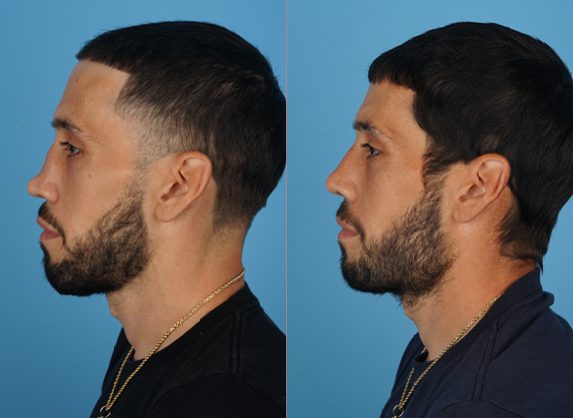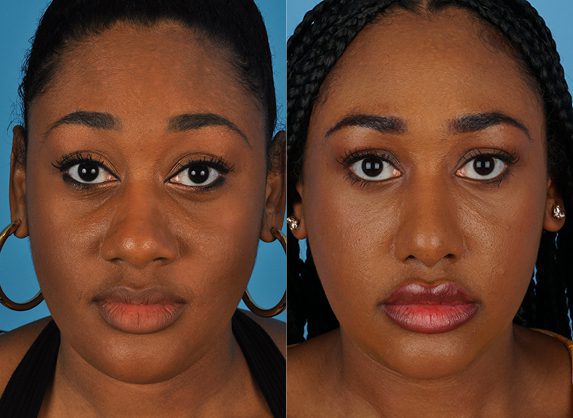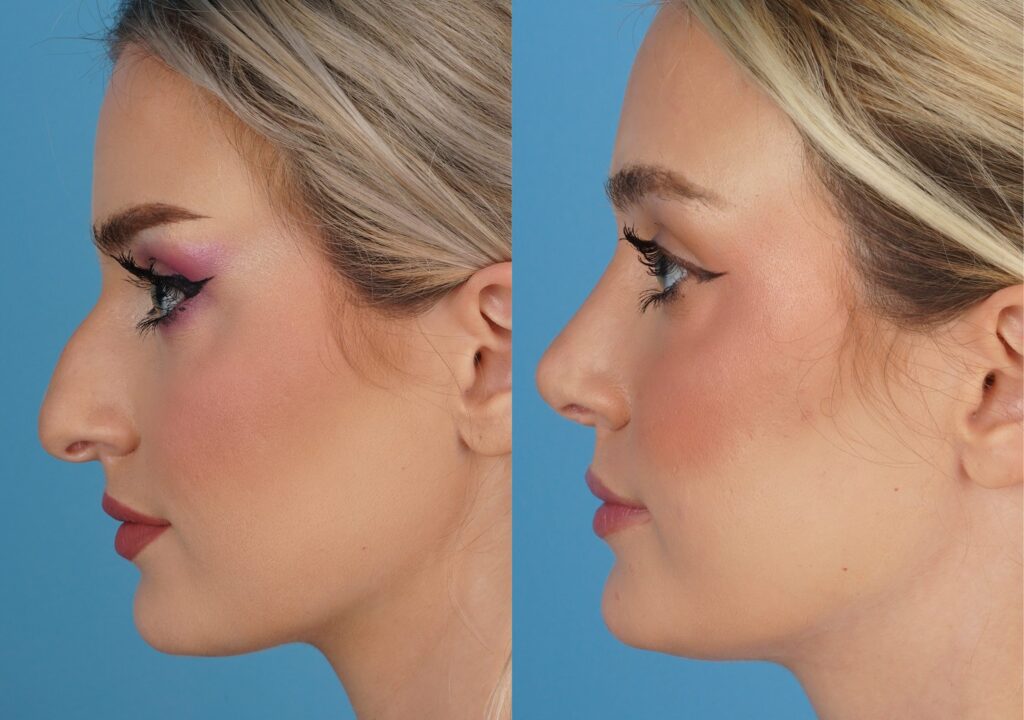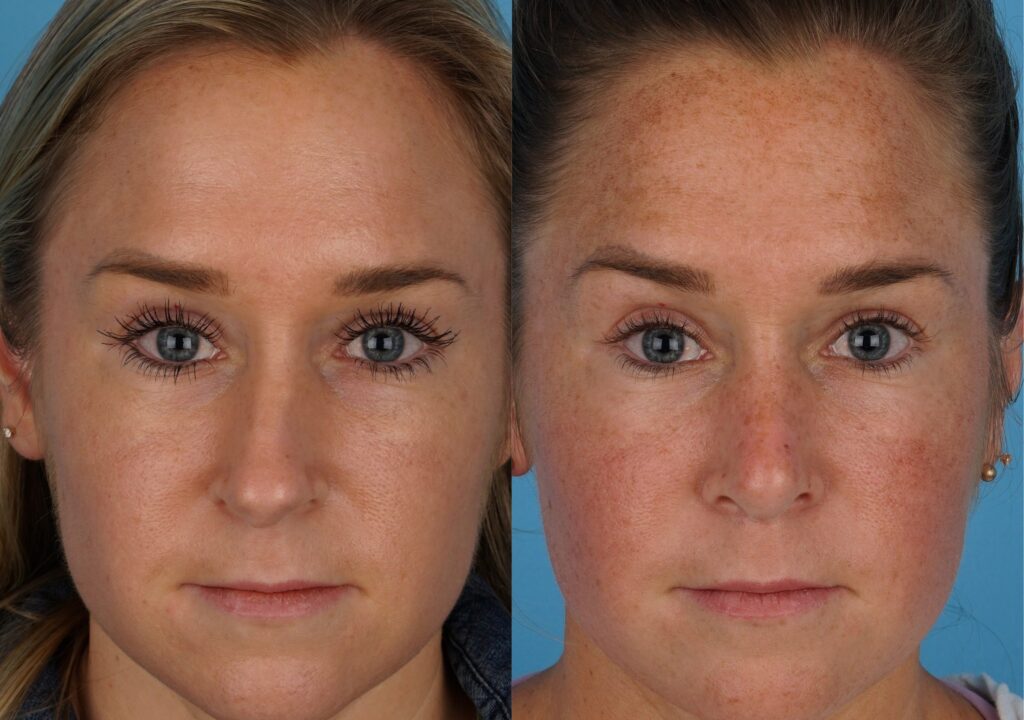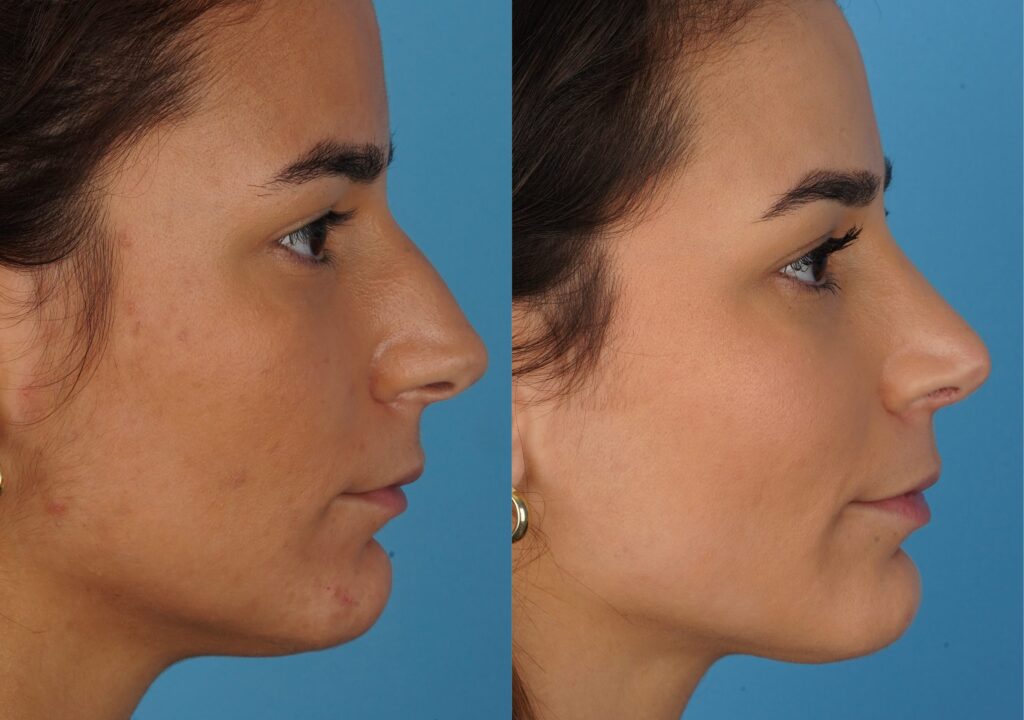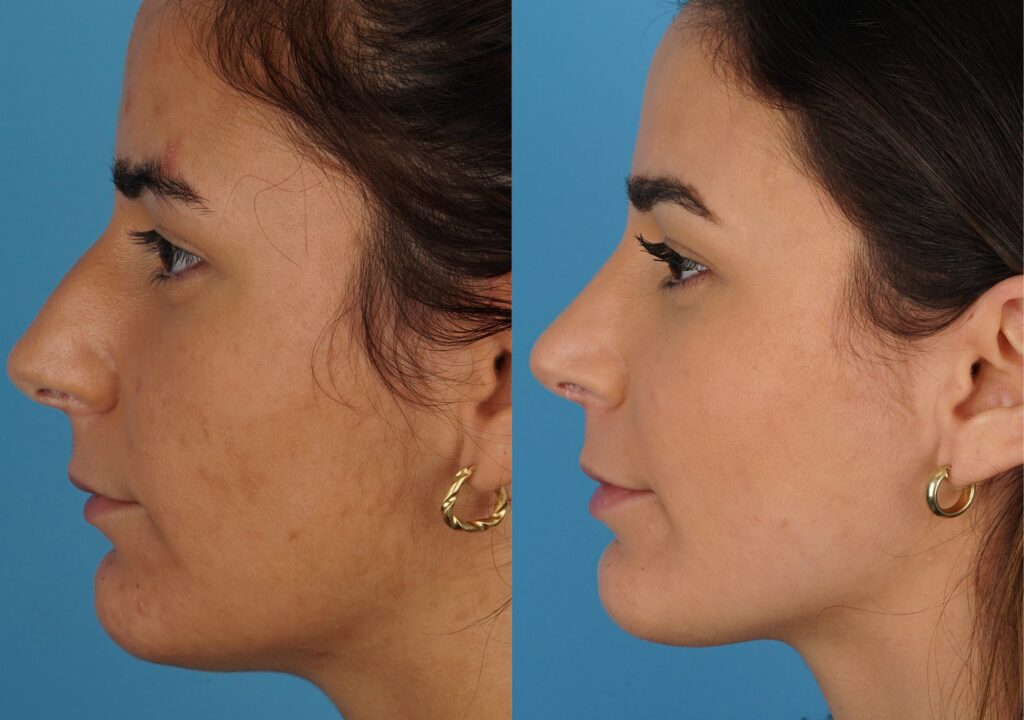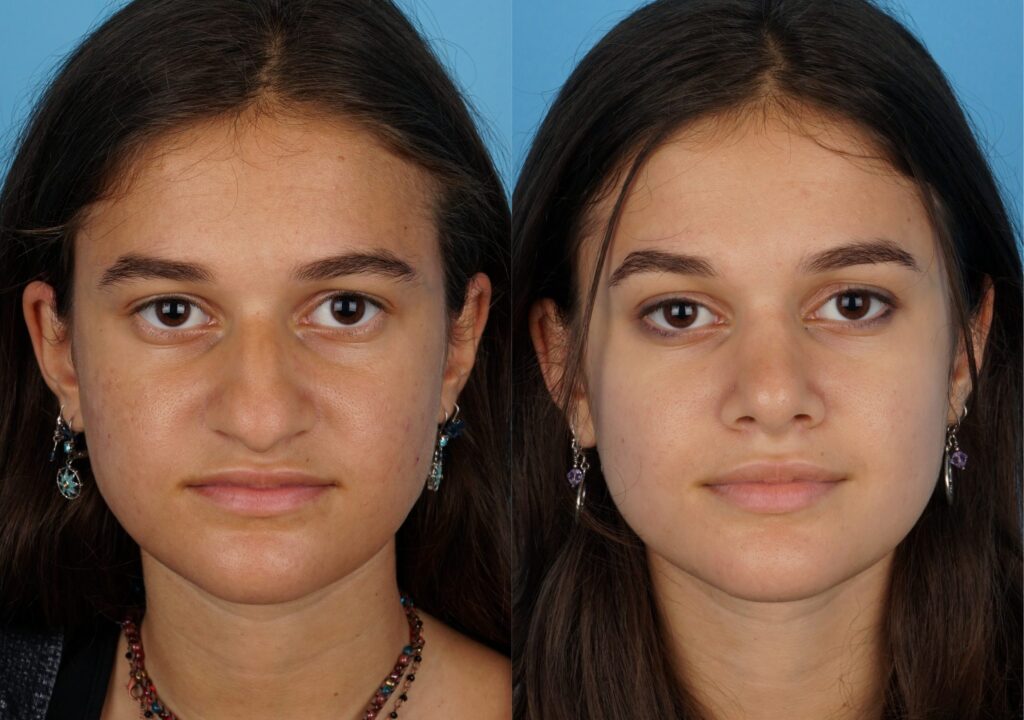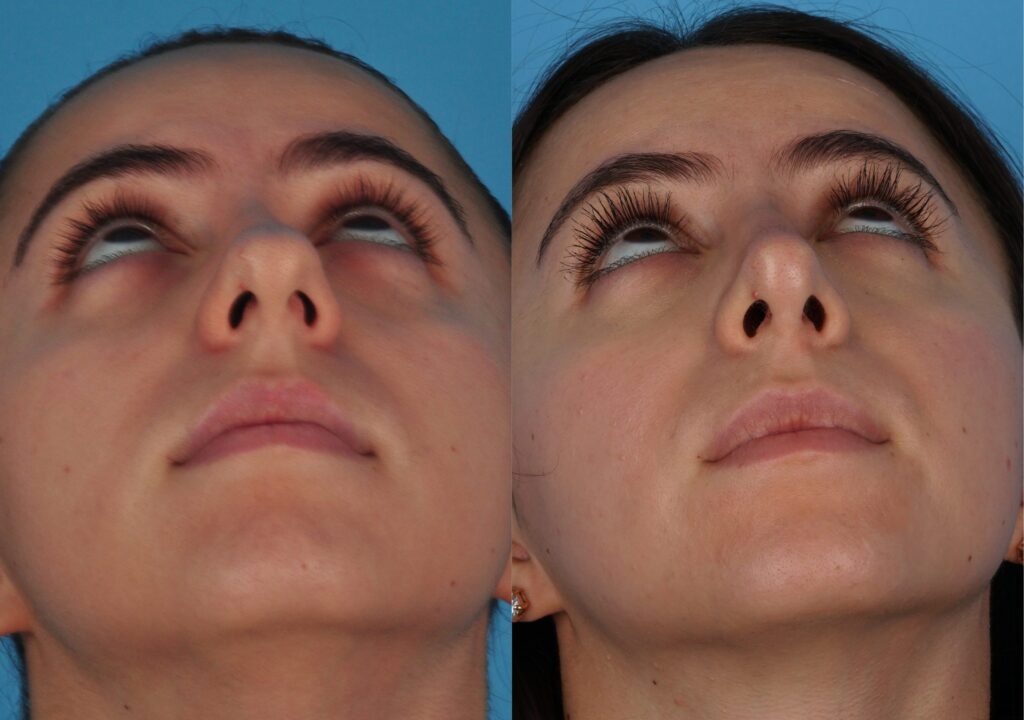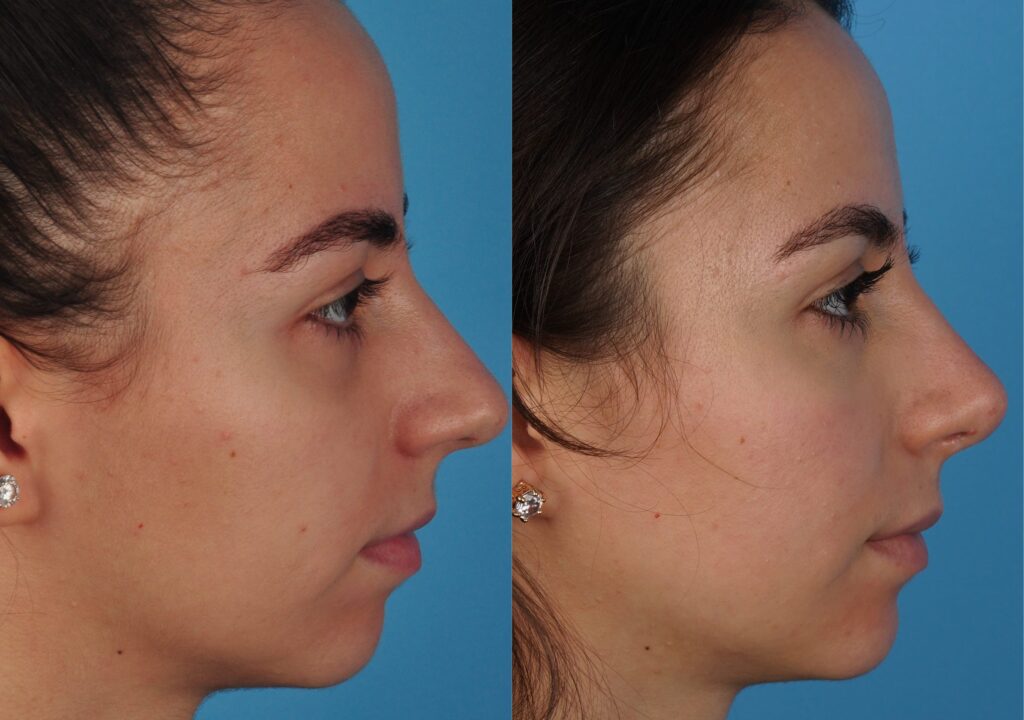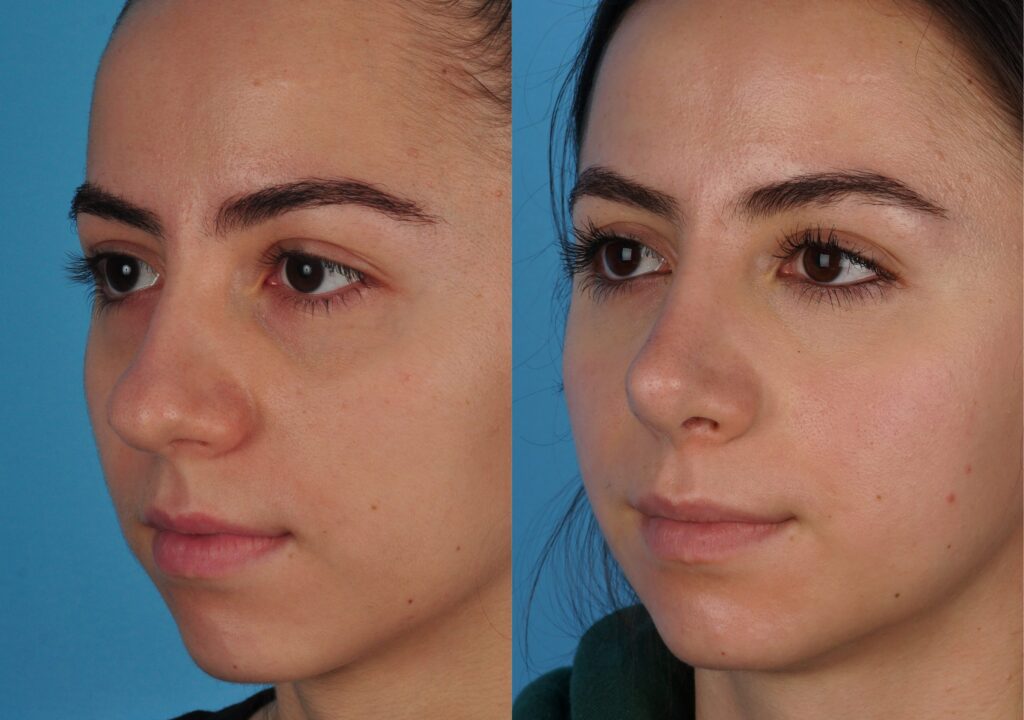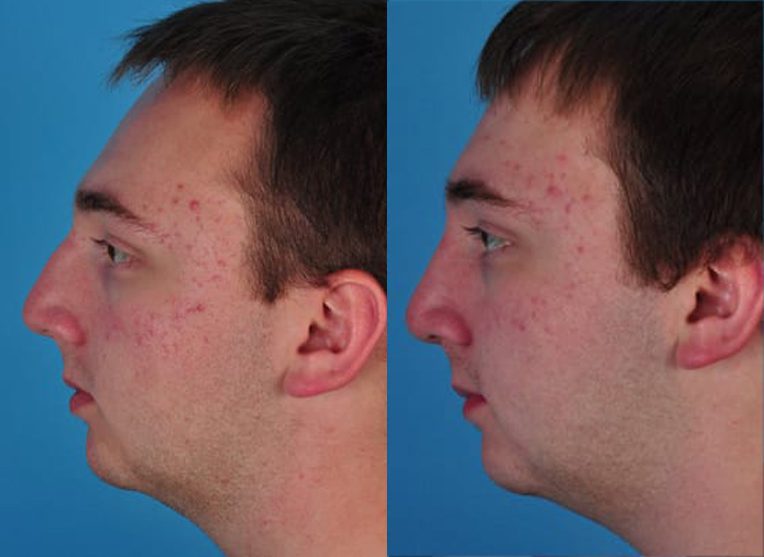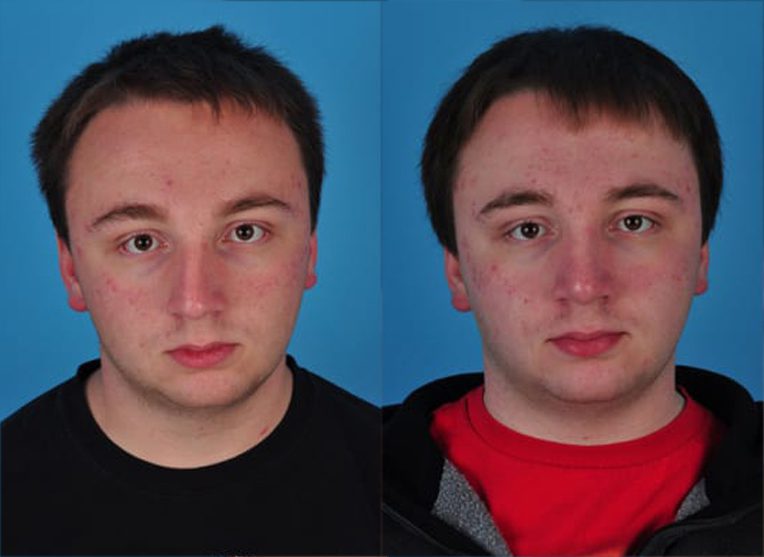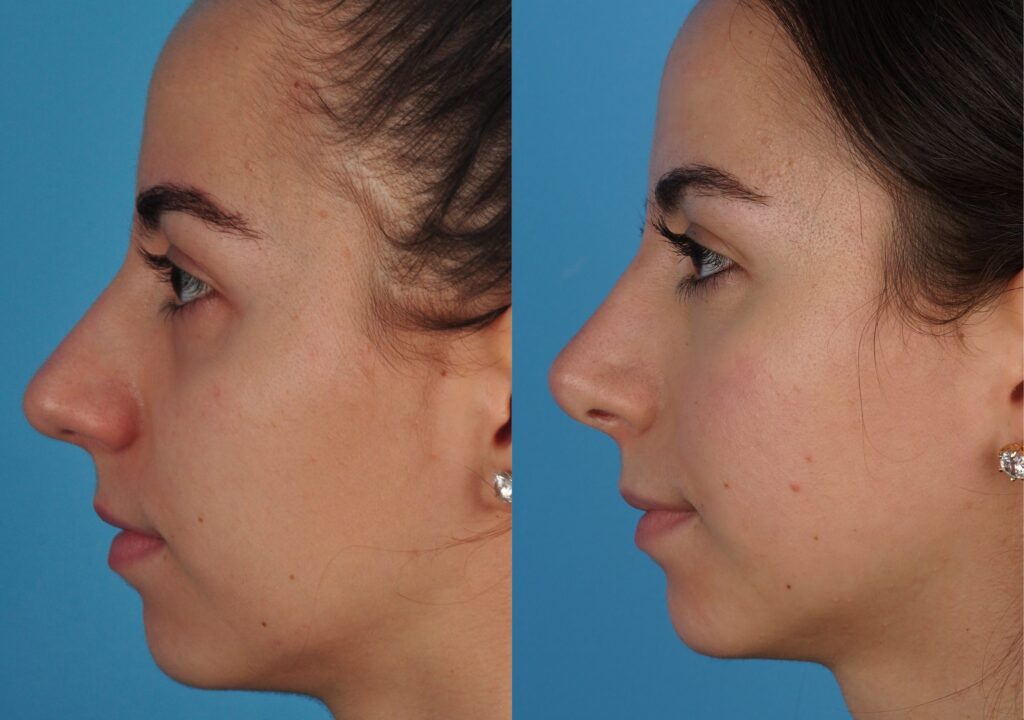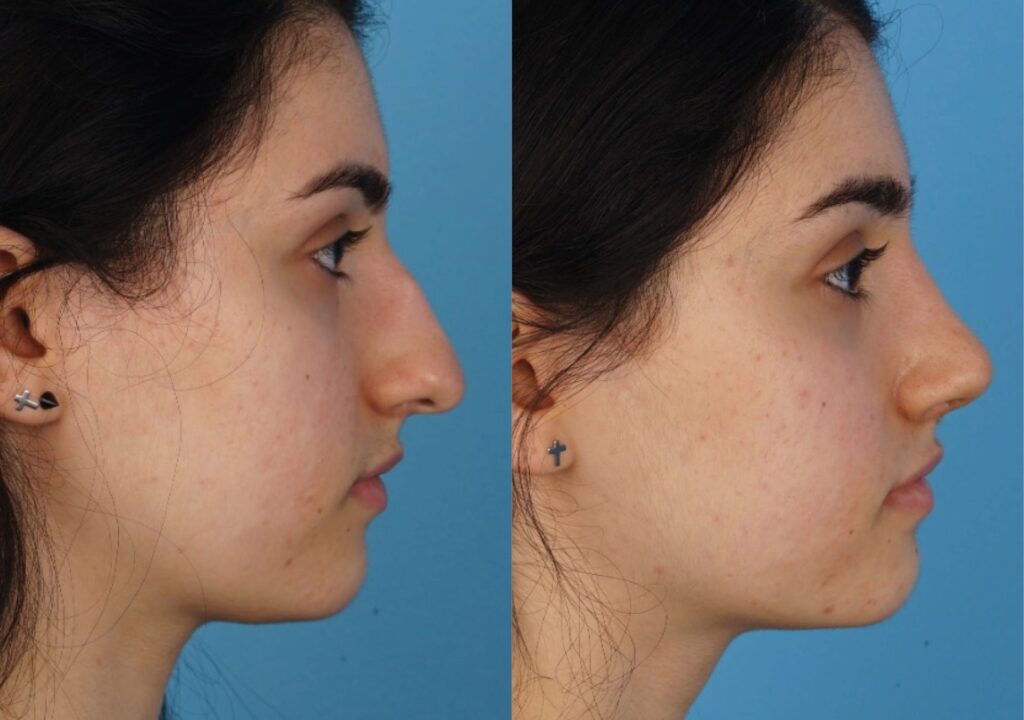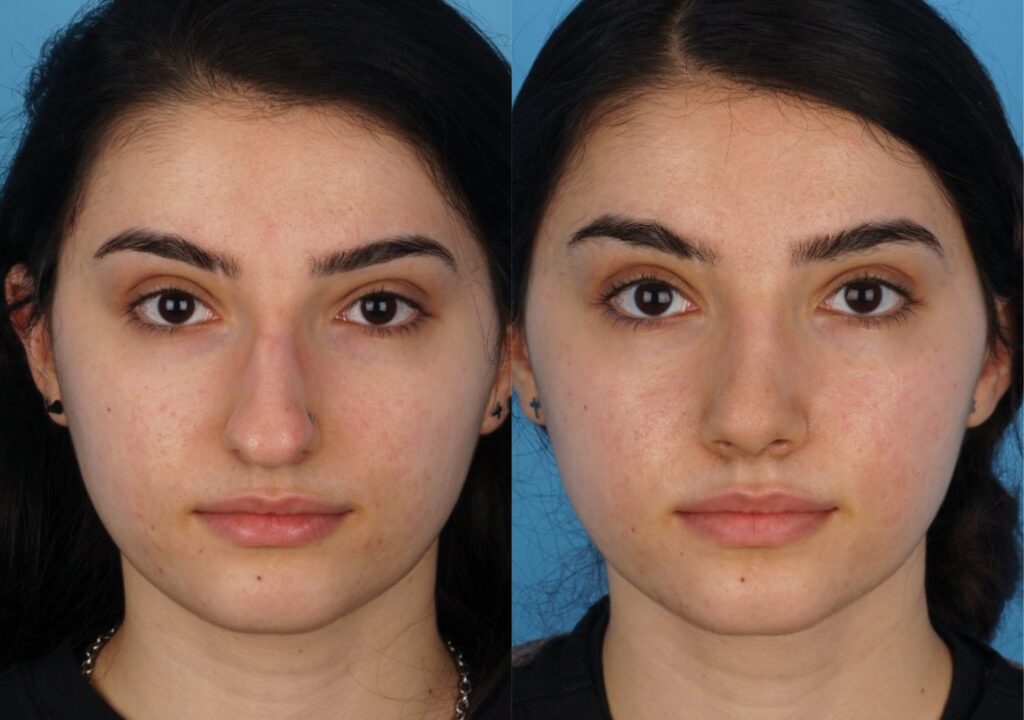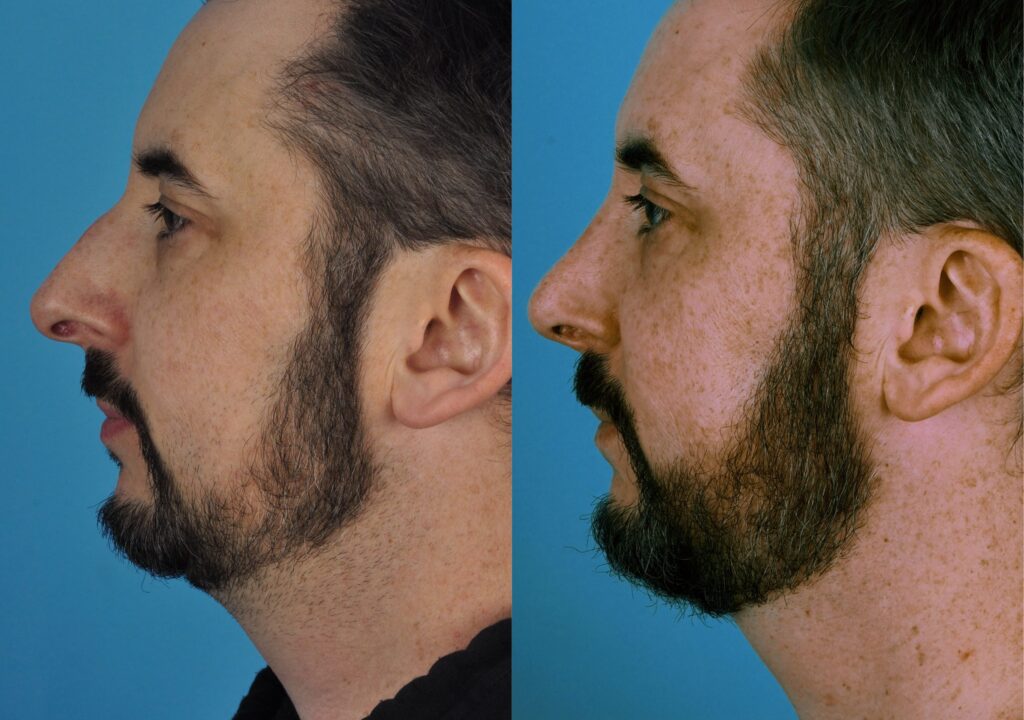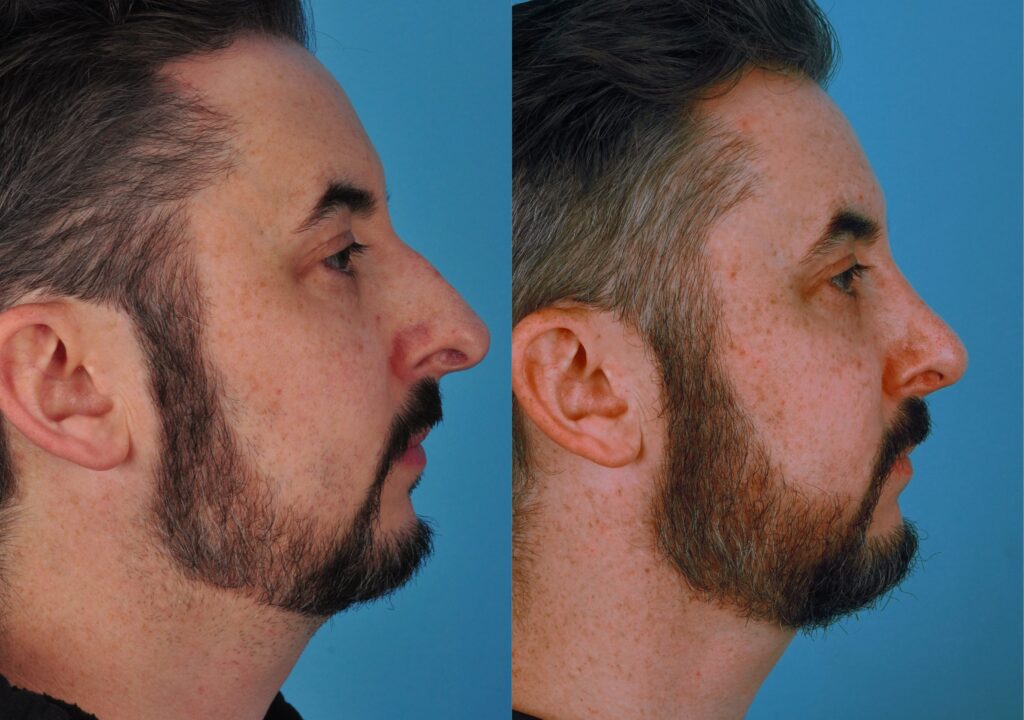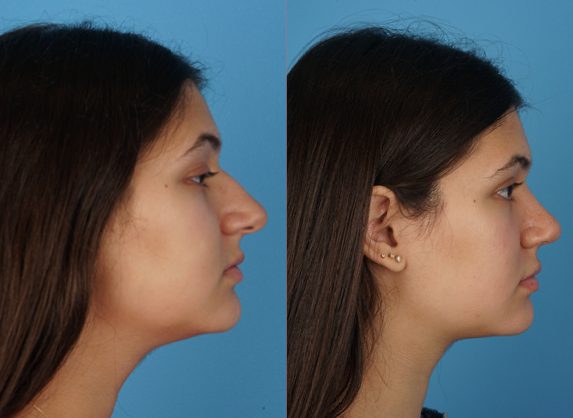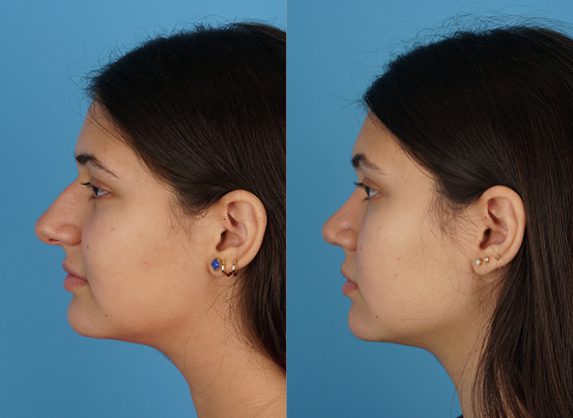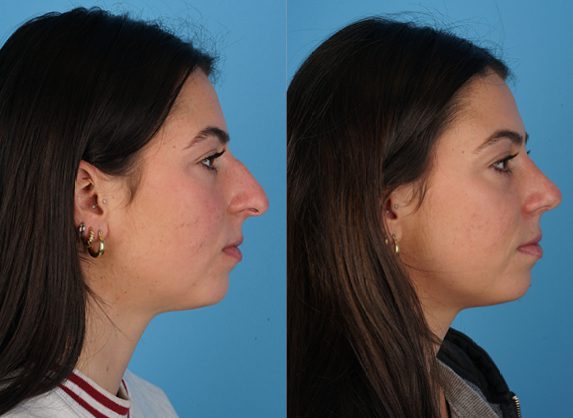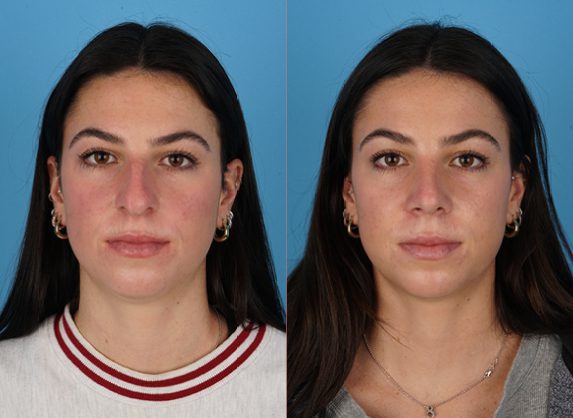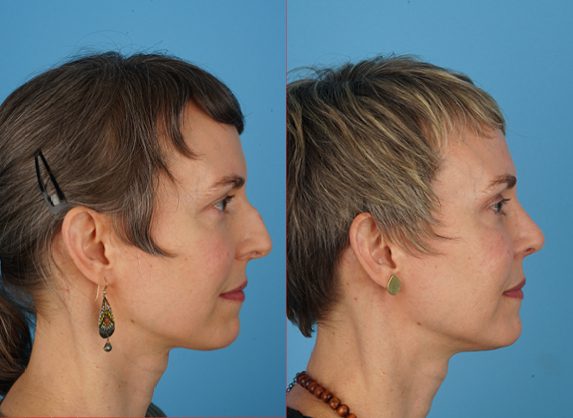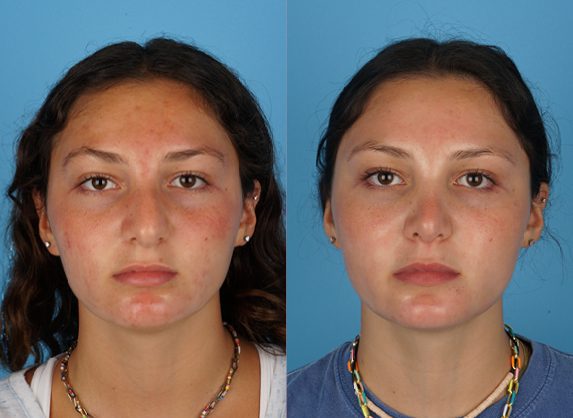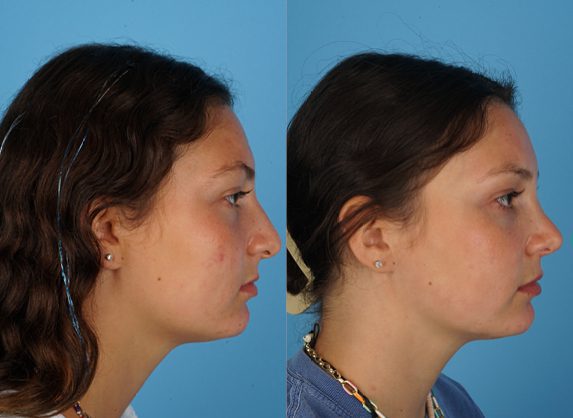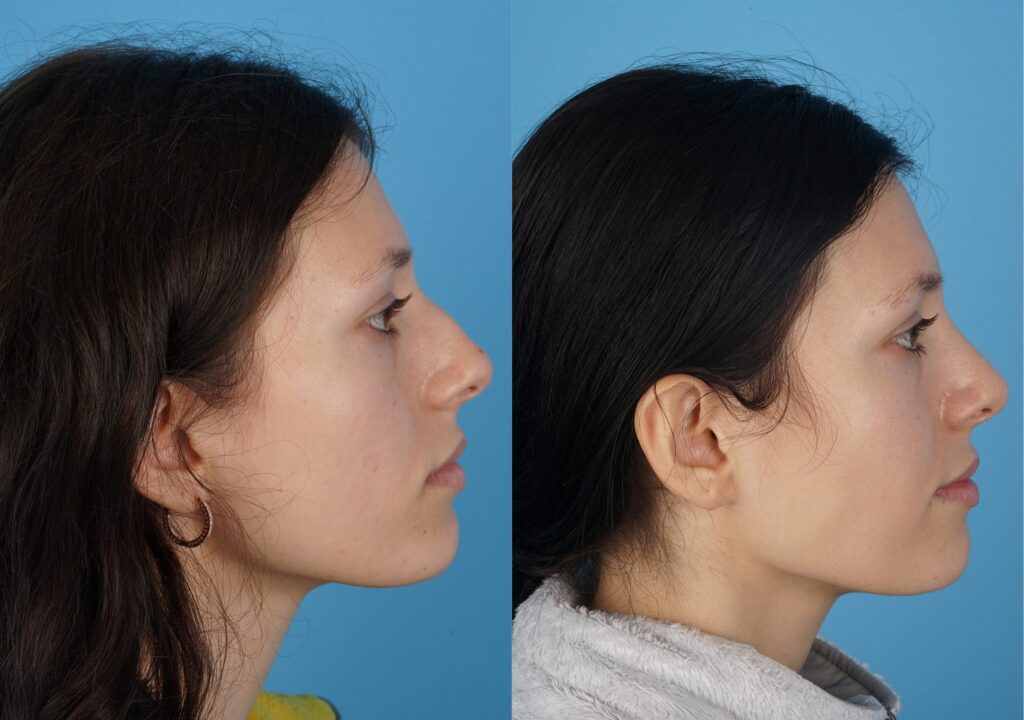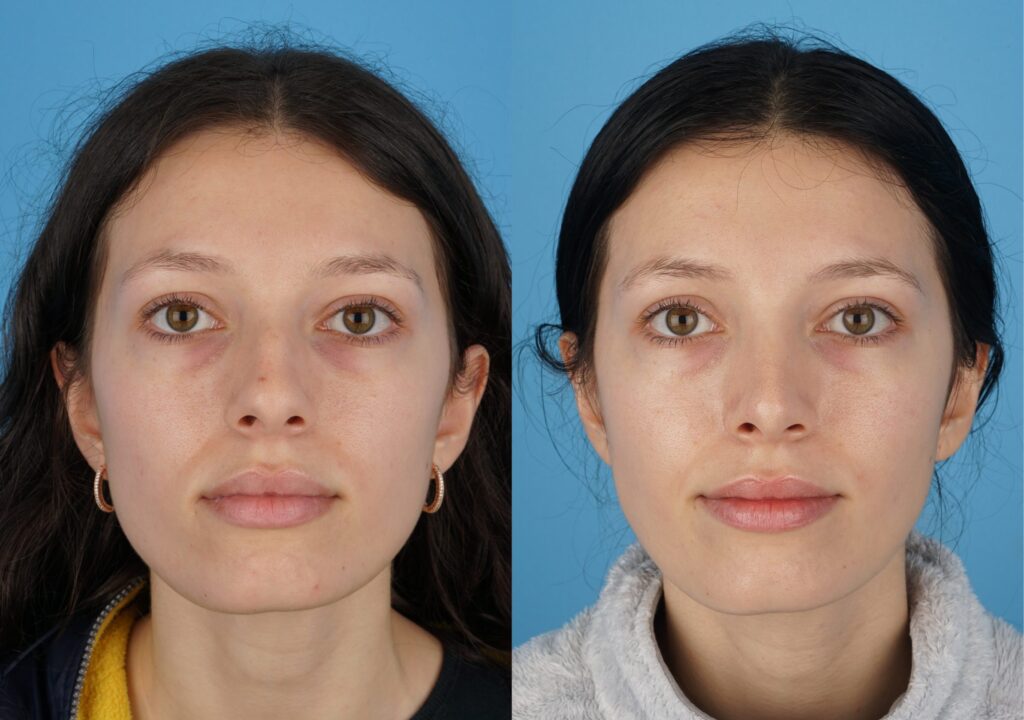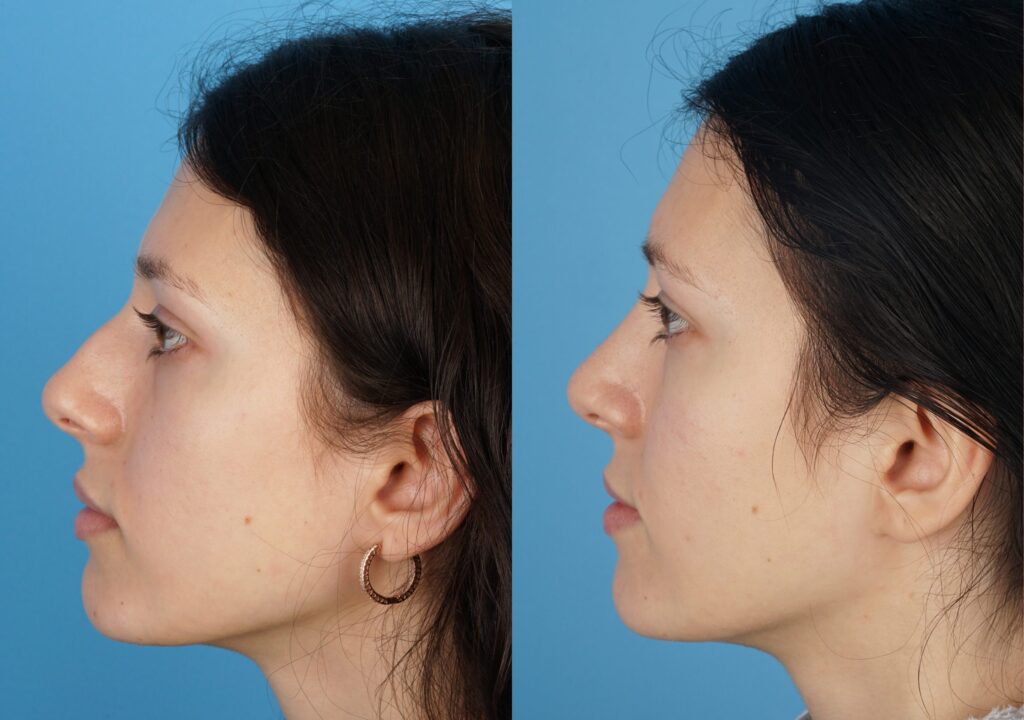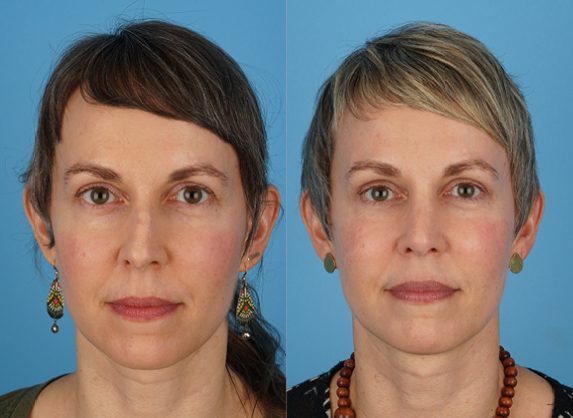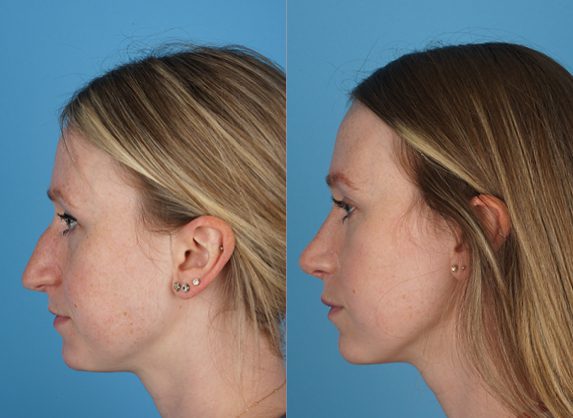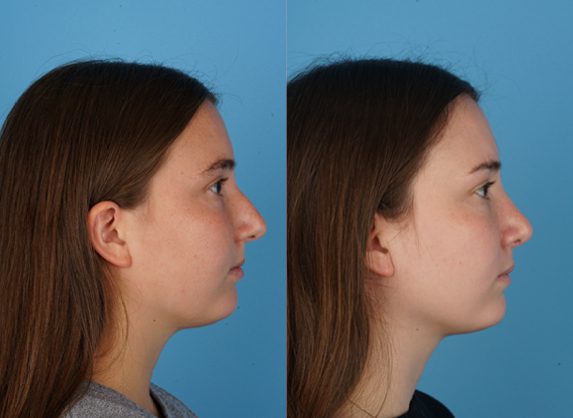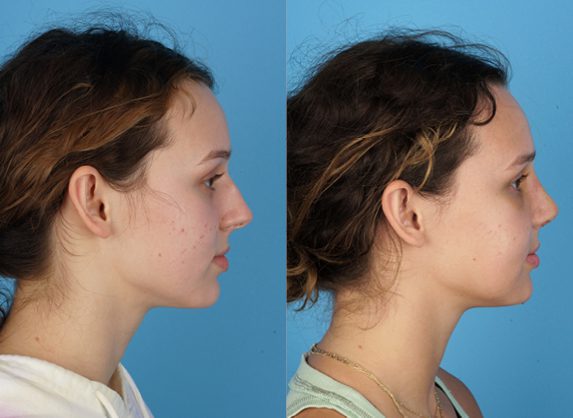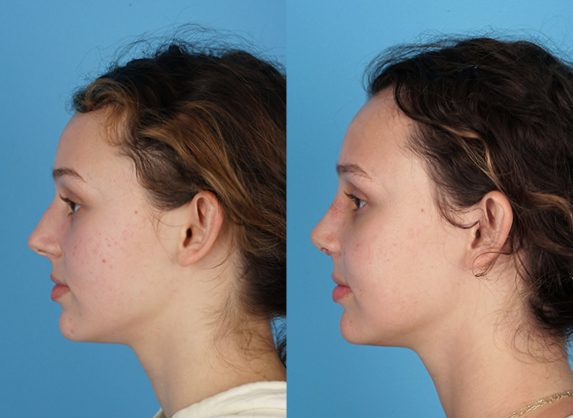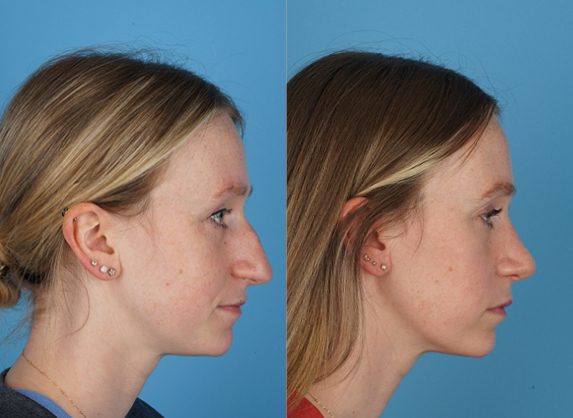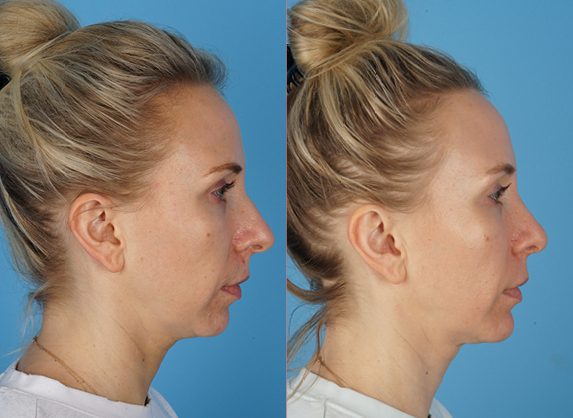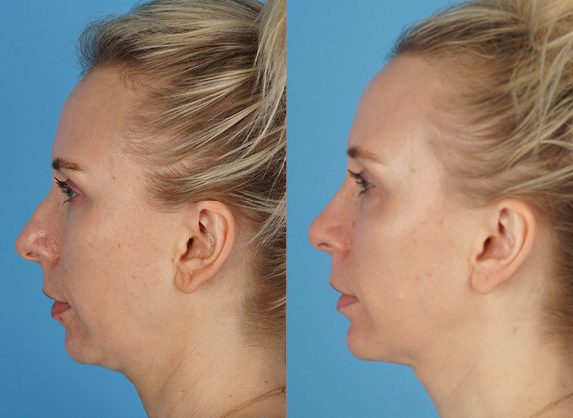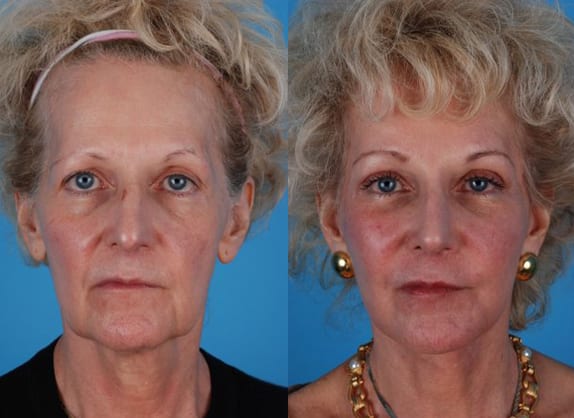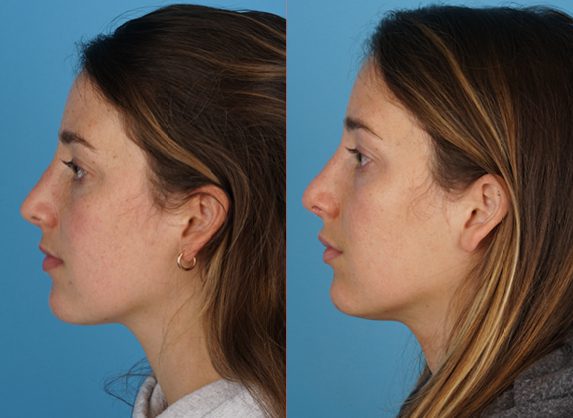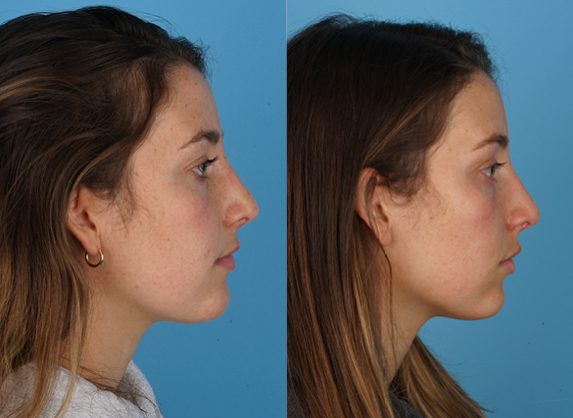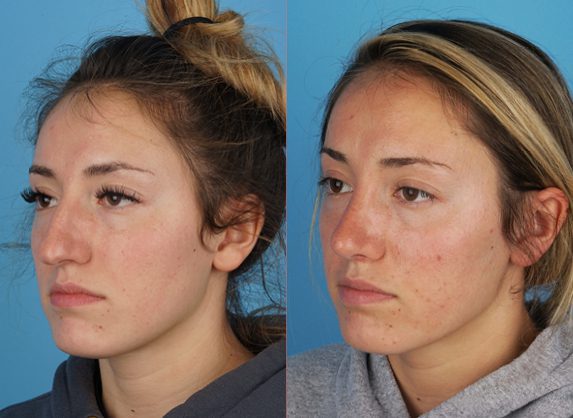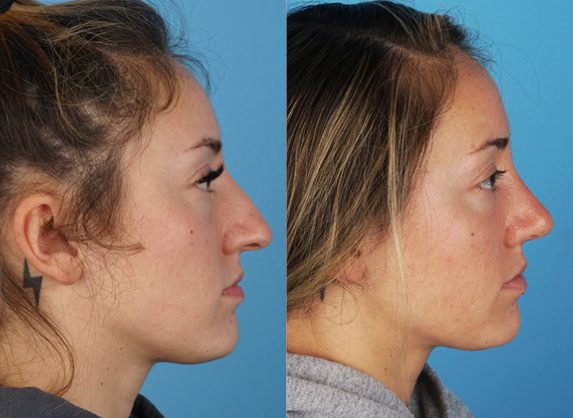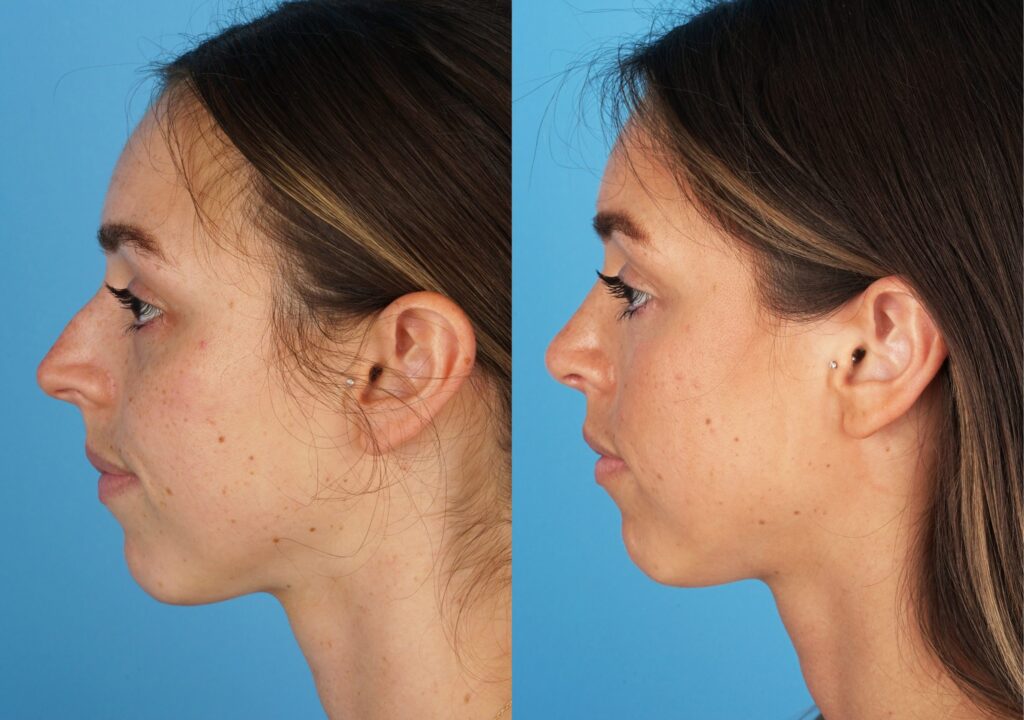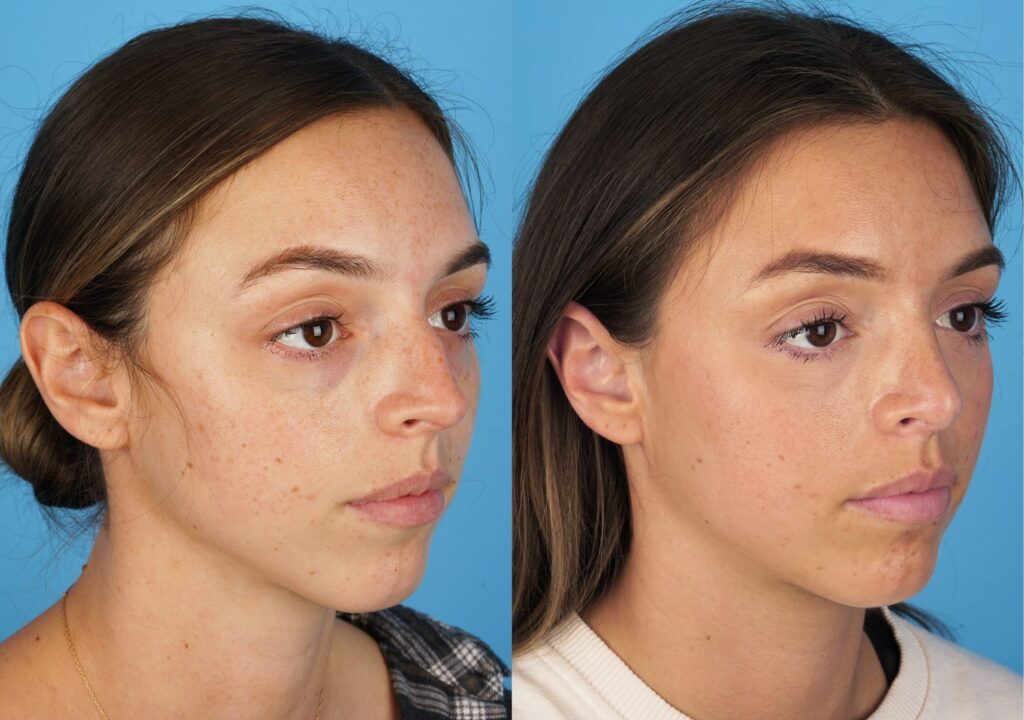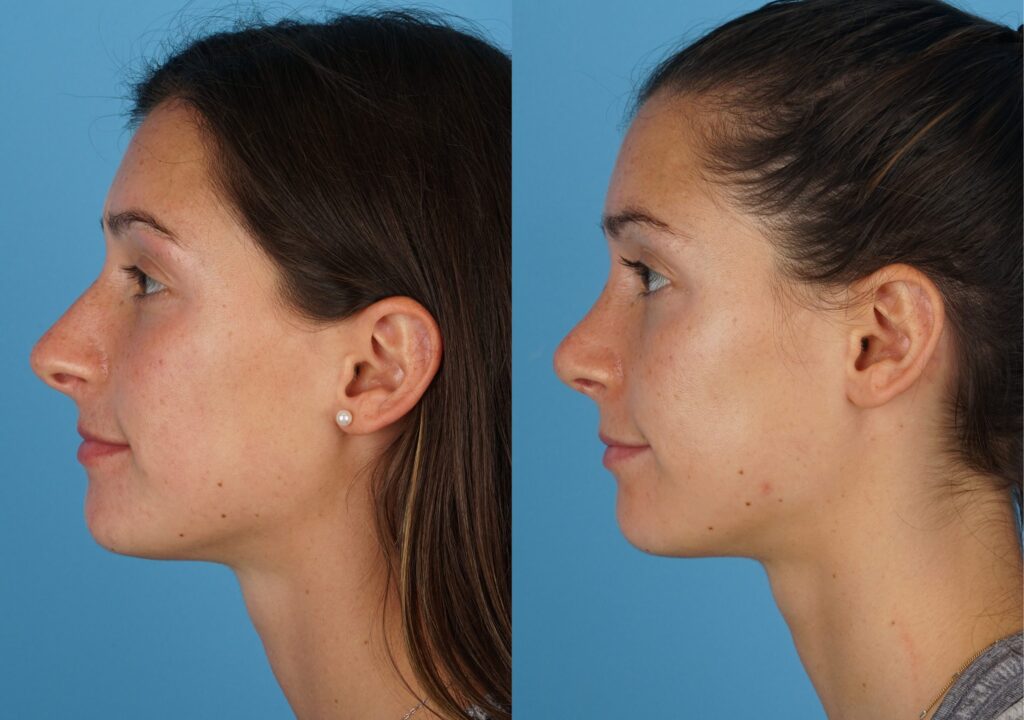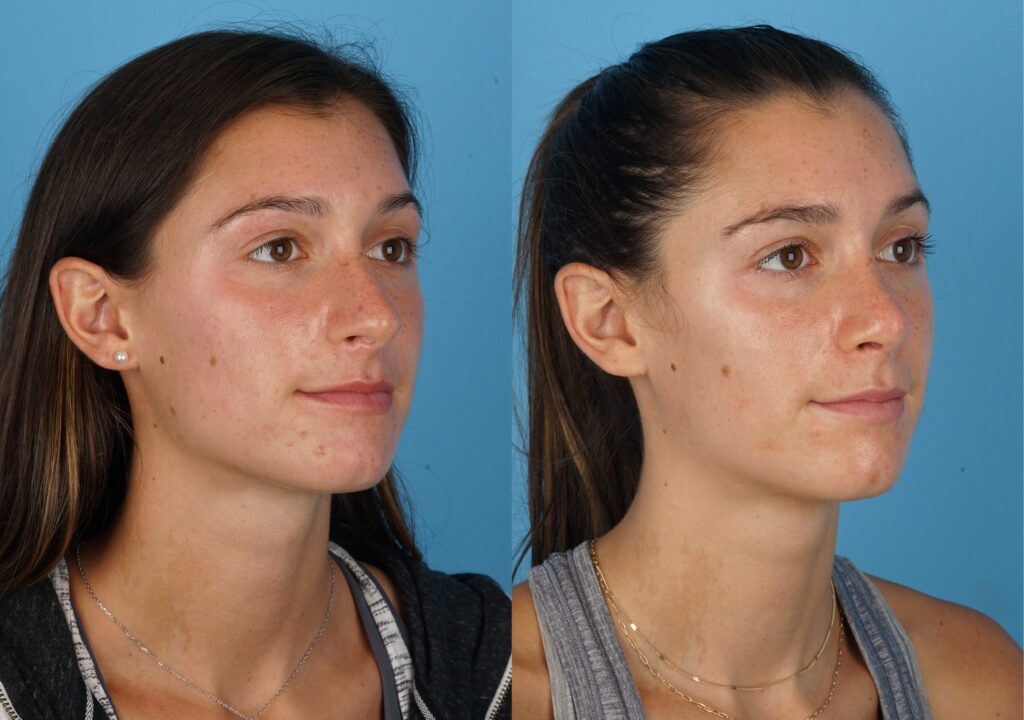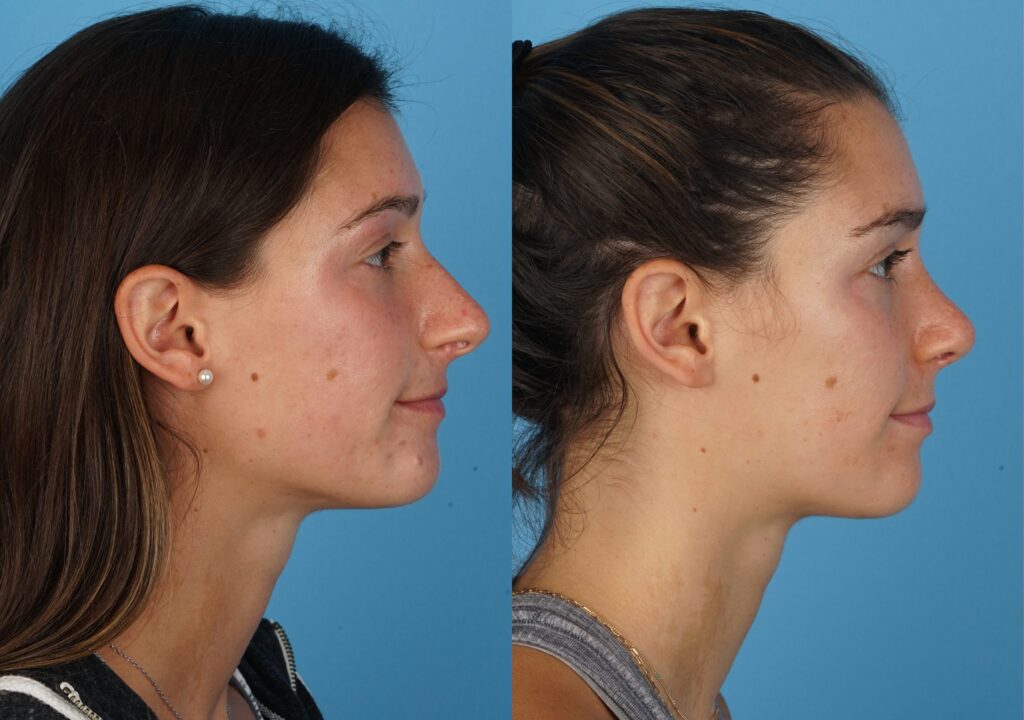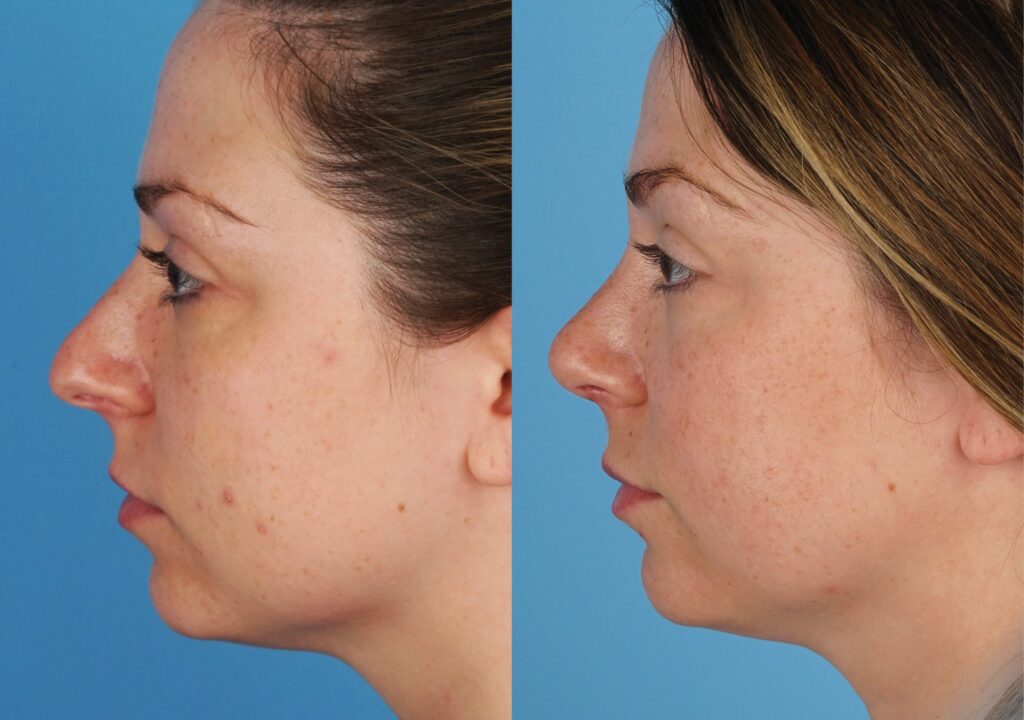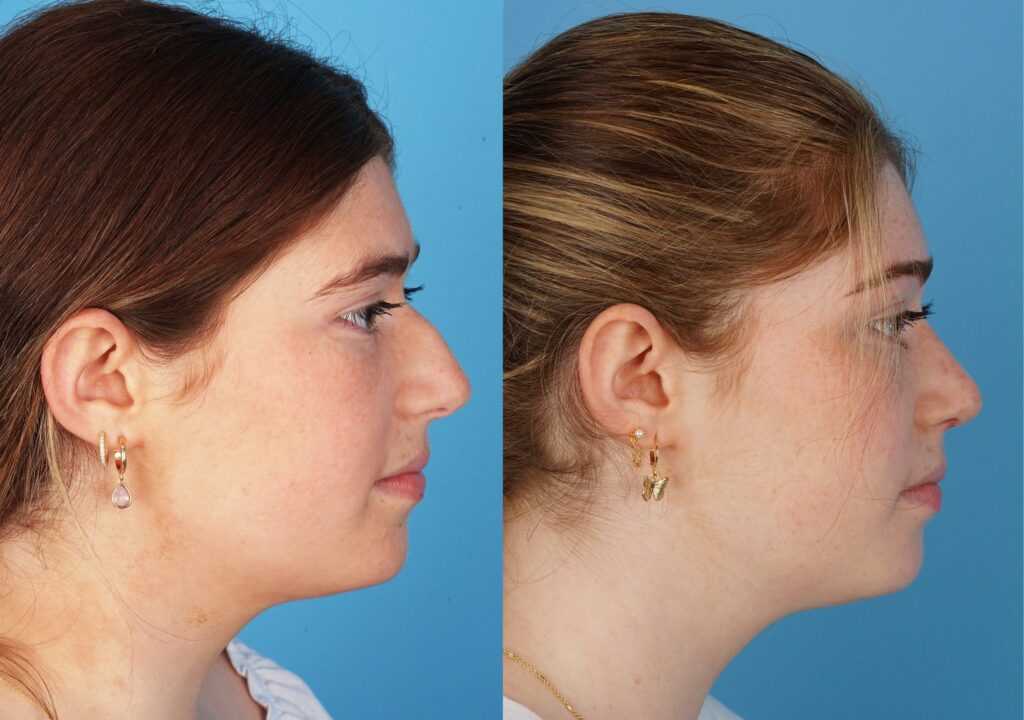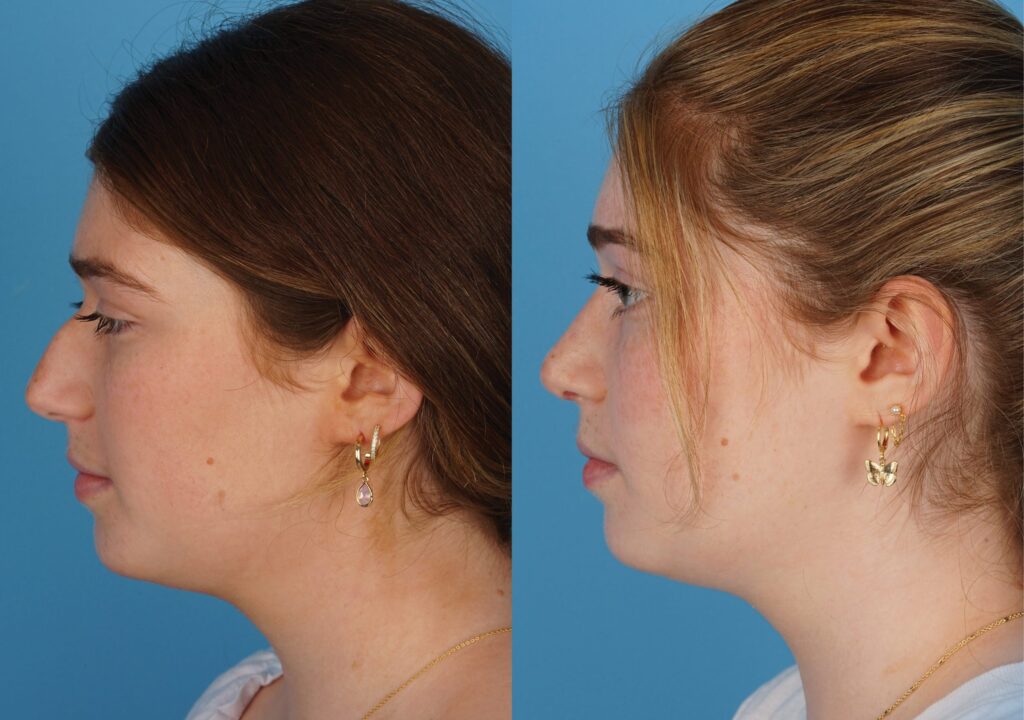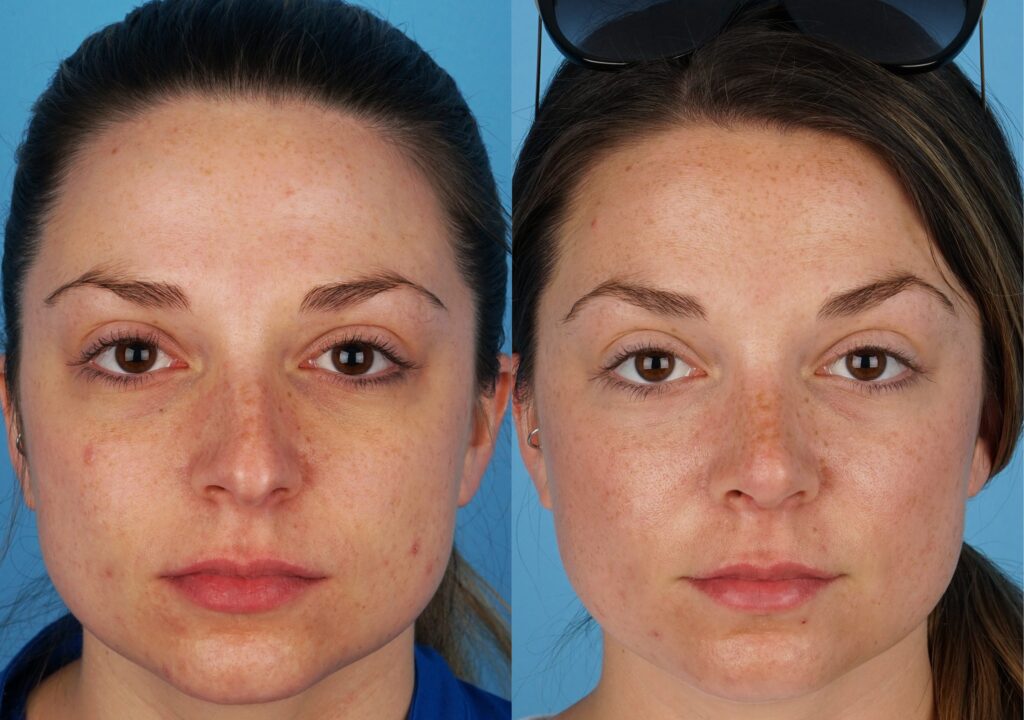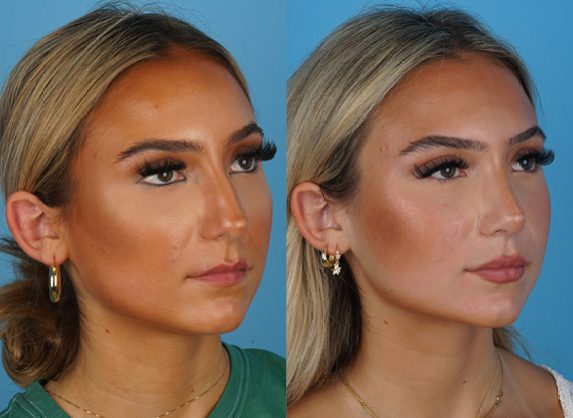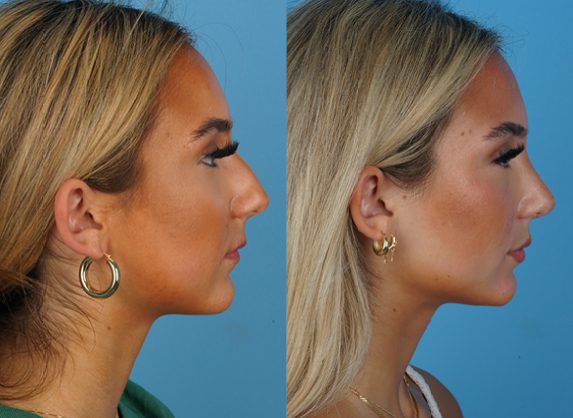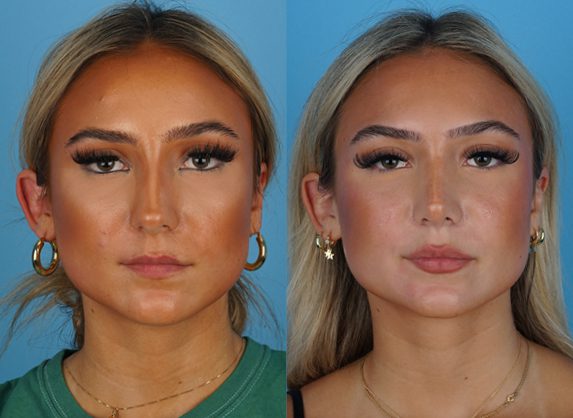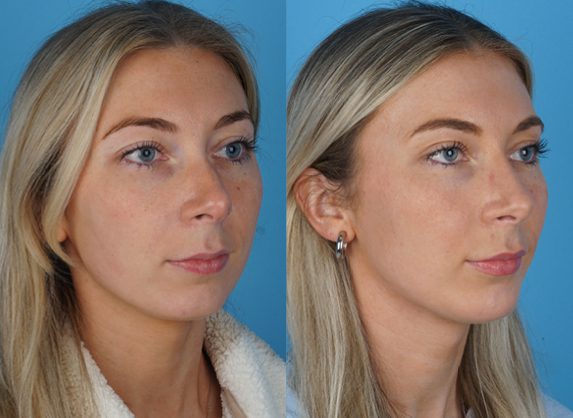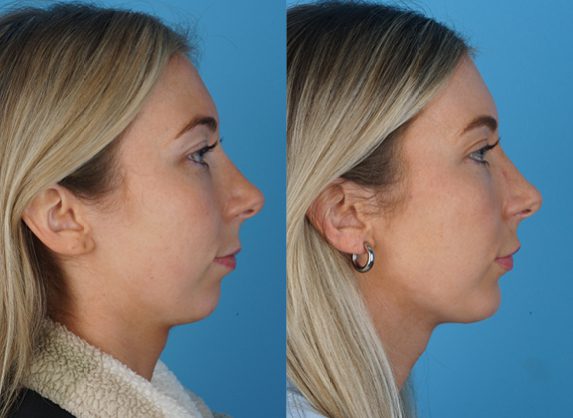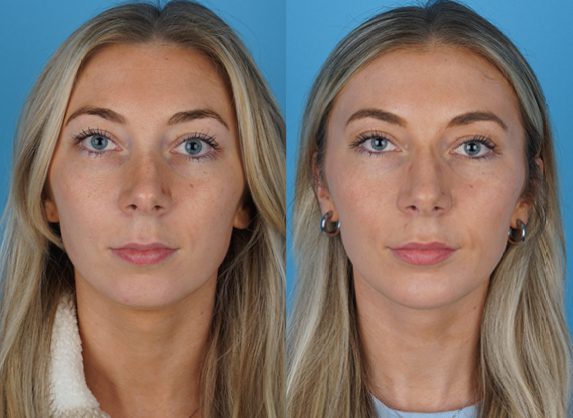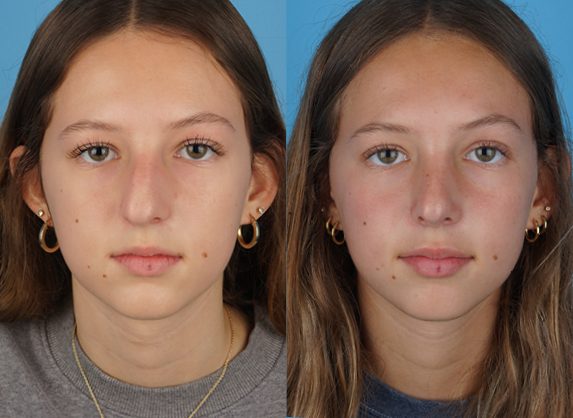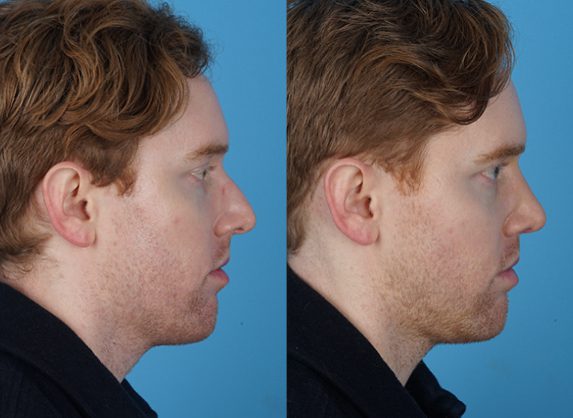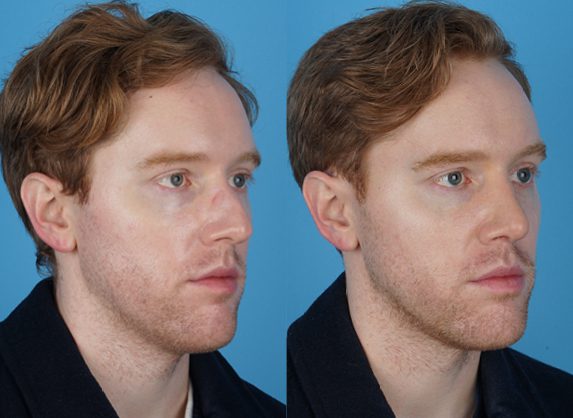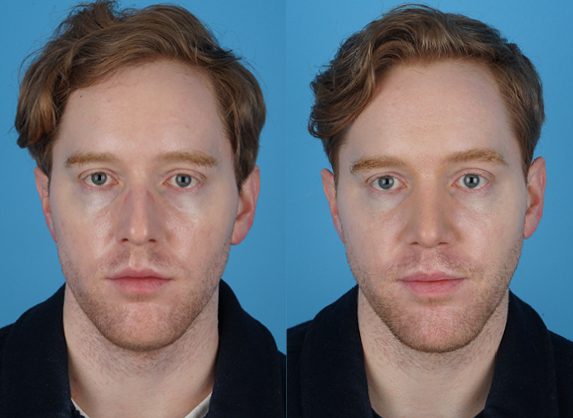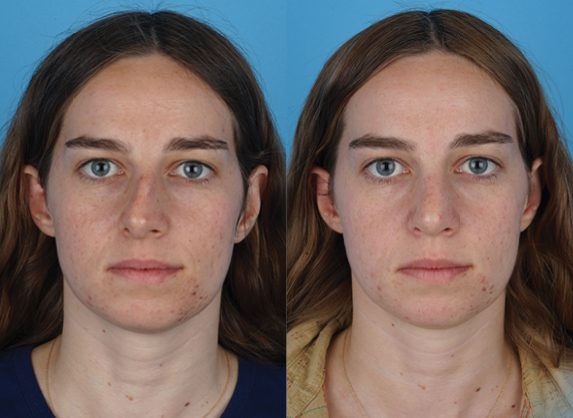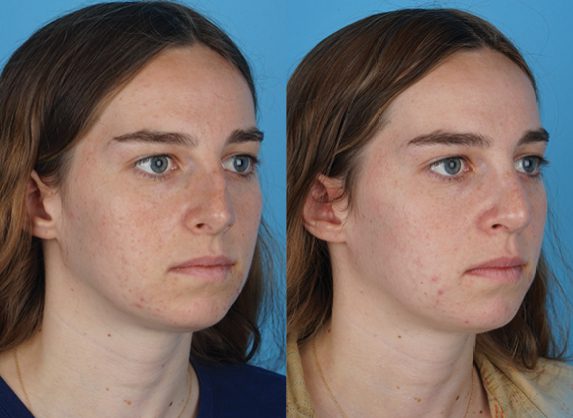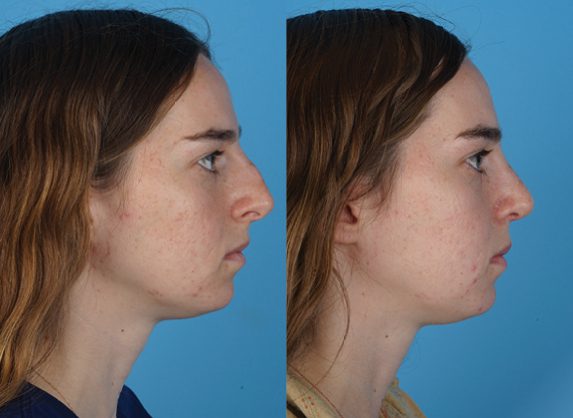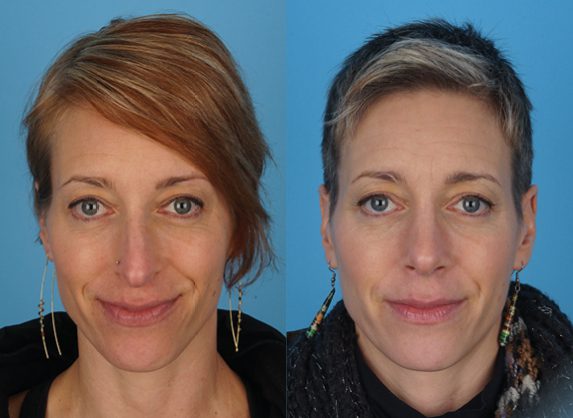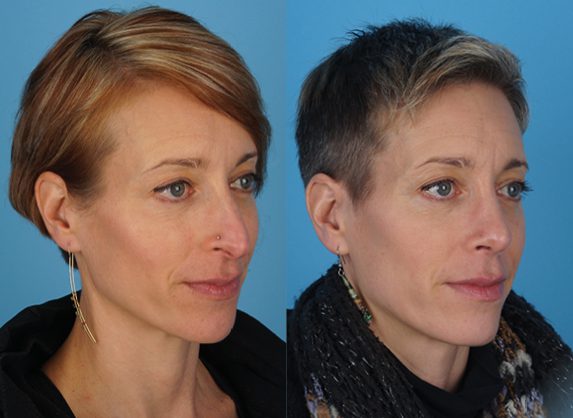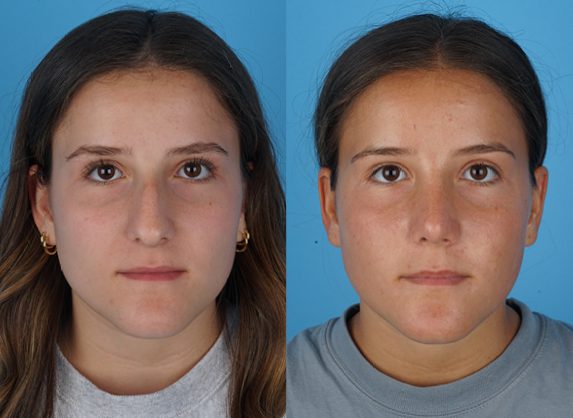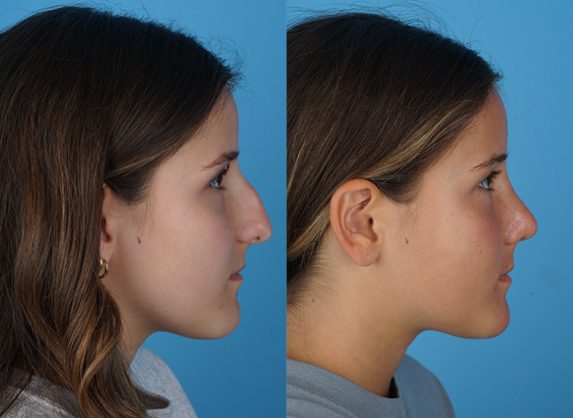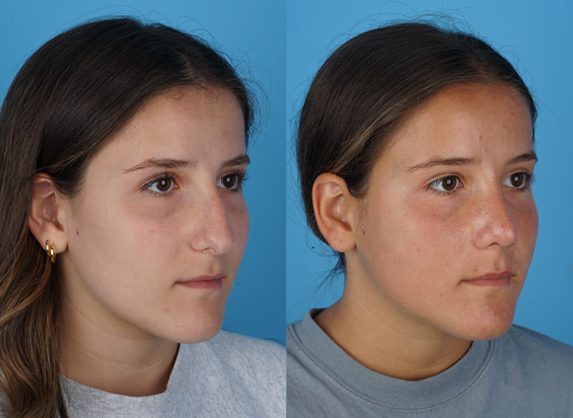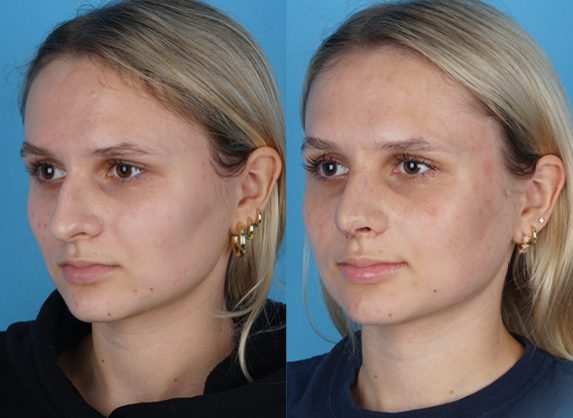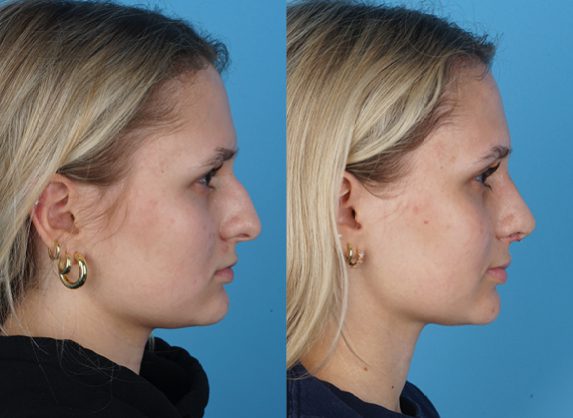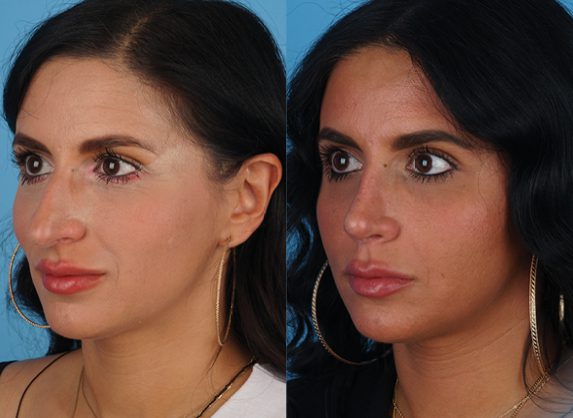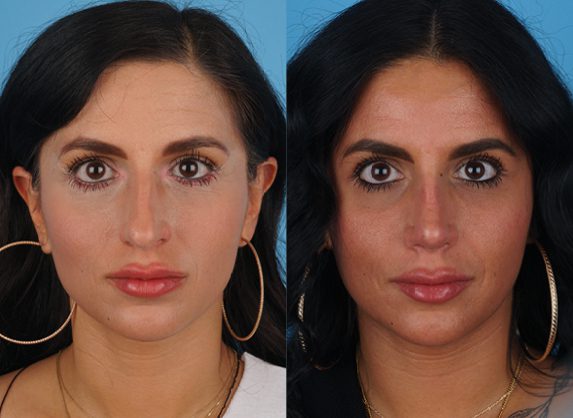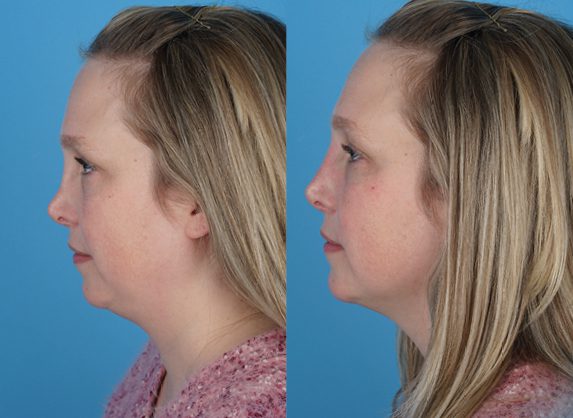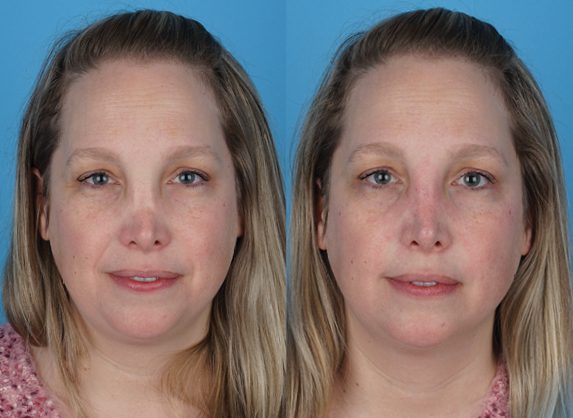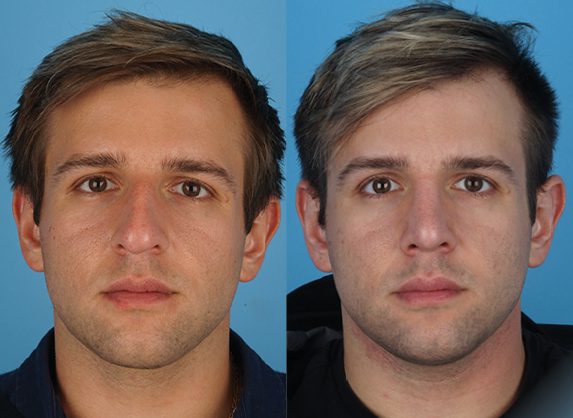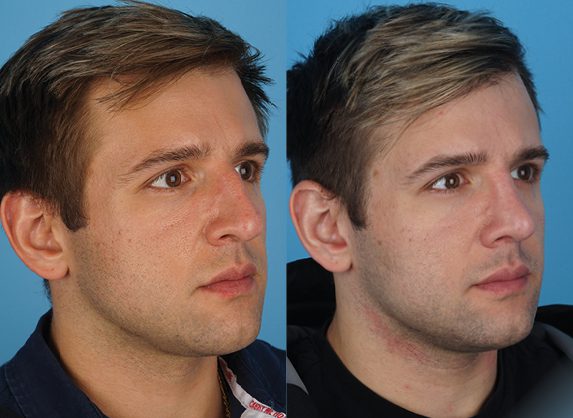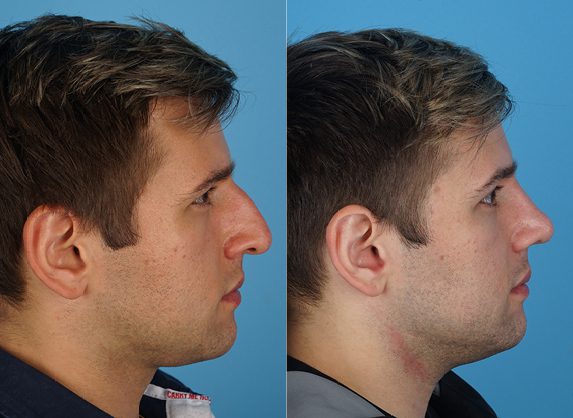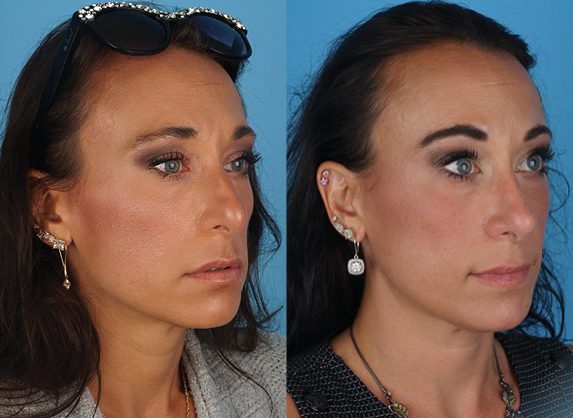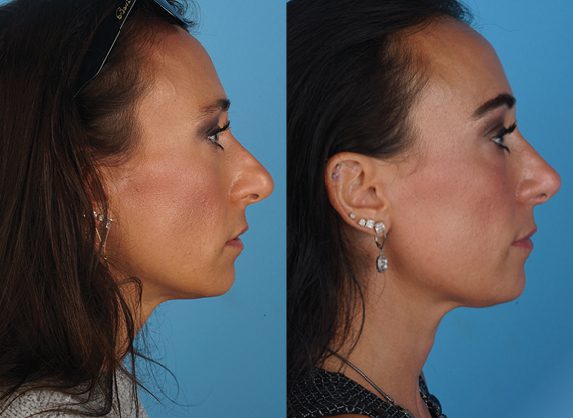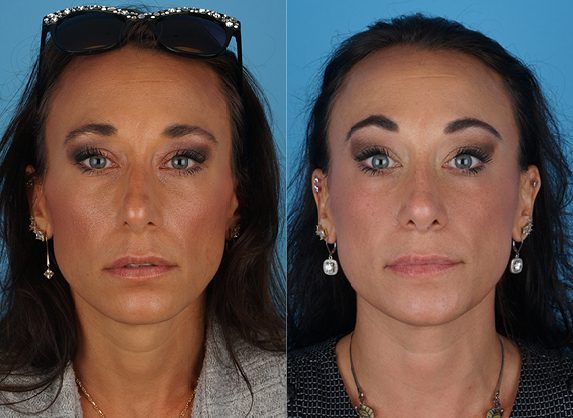How It Works
What is rhinoplasty?
The nose is the centerpiece of your face. If you are unhappy with its shape, curvature, size or other physical characteristics, it can affect your confidence, general happiness and sense of well-being.
Drs. Heffelfinger, Krein and Pribitkin at the Jefferson Hospital Division of Facial Plastic and Reconstructive Surgery can overcome your concerns and anxieties, and create the look you have always wanted. They achieve these life-changing results by reconstructing and shaping the bone and cartilage in your nose.
Rhinoplasty corrects issues such as the nose’s symmetry, the removal of bumps or depressions, and reduction of nostril size and flaring for instance.
Such corrections, although everyday procedures for the doctors at Jefferson Hospital, can give you a new outlook on life if you have felt self-conscious about your nose for many years.
Many patients seek rhinoplasty surgery for strictly cosmetic purposes but others seek our services to address and correct breathing problems, perhaps caused by accidents or other injuries sustained earlier in life.
Initial Consultation
You will meet with either Dr. Heffelfinger, Dr. Krein, or Dr Pribitkin to discuss your goals and desires with your rhinoplasty surgery. Your doctor will interview you about your medical history and any past surgeries. He may take x-rays and other photos, as well as conduct a thorough exam of your nose and nasal cavity.
He may use photographs or other visual media to explain procedures or show you examples of other patients whom he’s performed similar procedures on. Based on his vast experience performing this procedure, your doctor will then provide his recommendation to obtain your goals.
He will also discuss the surgical procedure itself in detail, the recovery process, pricing, and answer any and all questions you may have.
The Procedure
Generally, rhinoplasty surgery can be performed with little to no visible surface incisions. Most incisions can be made internally, with perhaps only a small inconspicuous external incision in the area of the skin that separates the nostrils.
The surgeon then frees the skin from the nose and shapes and sculpts the cartilage and bone into the desired shape. Fine sutures are used to close incisions, and the doctor will apply a protective splint. Most rhinoplasties are performed on an outpatient basis.
Post-Operation Care and Recovery
Each rhinoplasty operation and patient is different, and your doctor will advise you on specifics, but you may expect the following:
- Your doctor may use a splint or other stabilizing device to protect your nose and stabilize the structure after surgery. This protection is in place typically for about a week. Sometimes packing will be placed inside the nose after surgery and it is usually removed within a day or two.
- Pain medication may be advised as bruising and swelling of the nose may occur, both around the nose and in the eye area.
- Cold compresses are often advised to both reduce swelling and ease pain.
- You should expect to be off work for about a week from the surgery.
- Your doctor will give you explicit directions as to activities to avoid during the recovery period. Be sure to follow his advice to assure the speediest recovery with no complications.
- Follow-up appointments will be scheduled. If you have any questions during your recovery, contact your doctor immediately.

